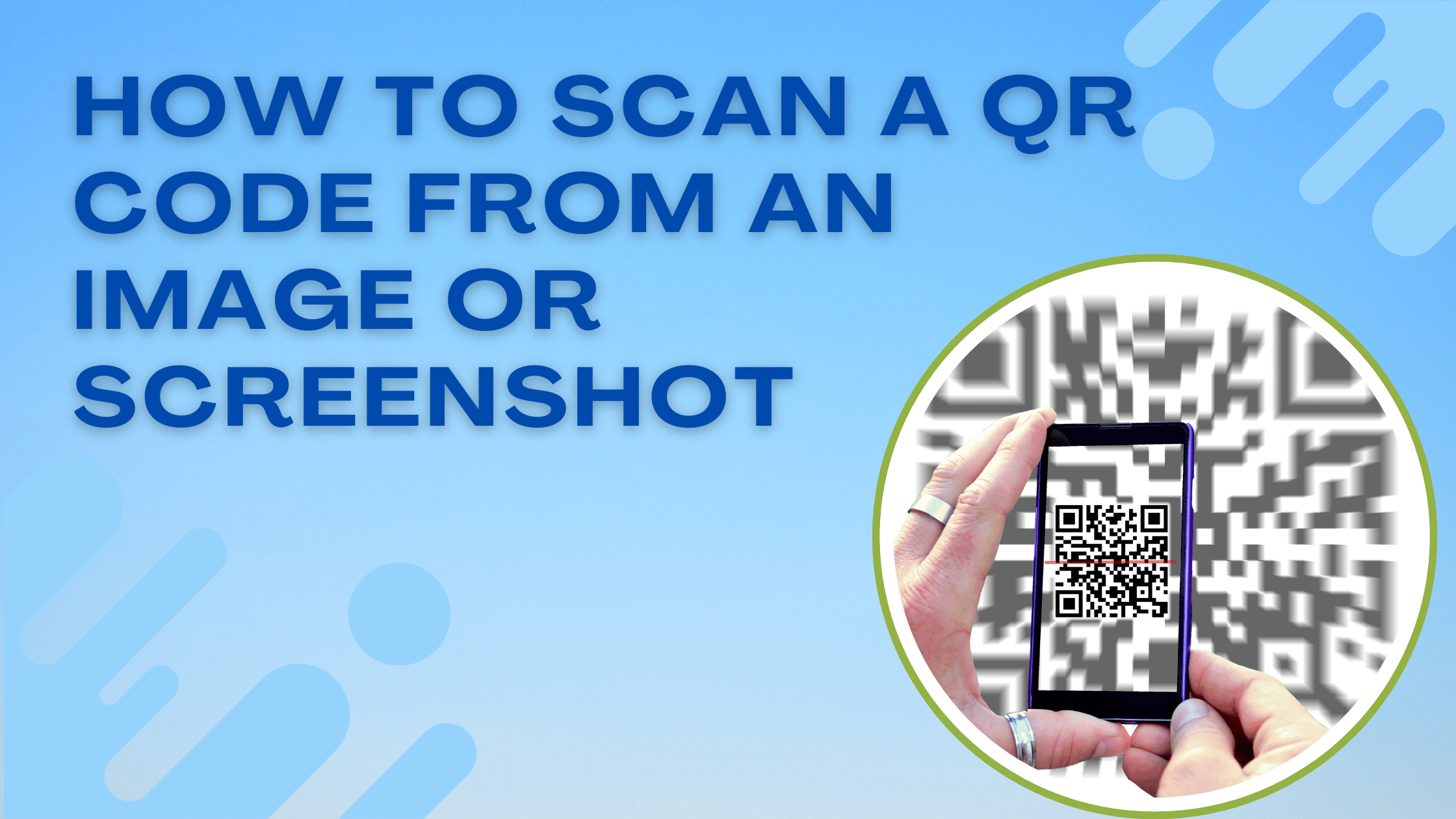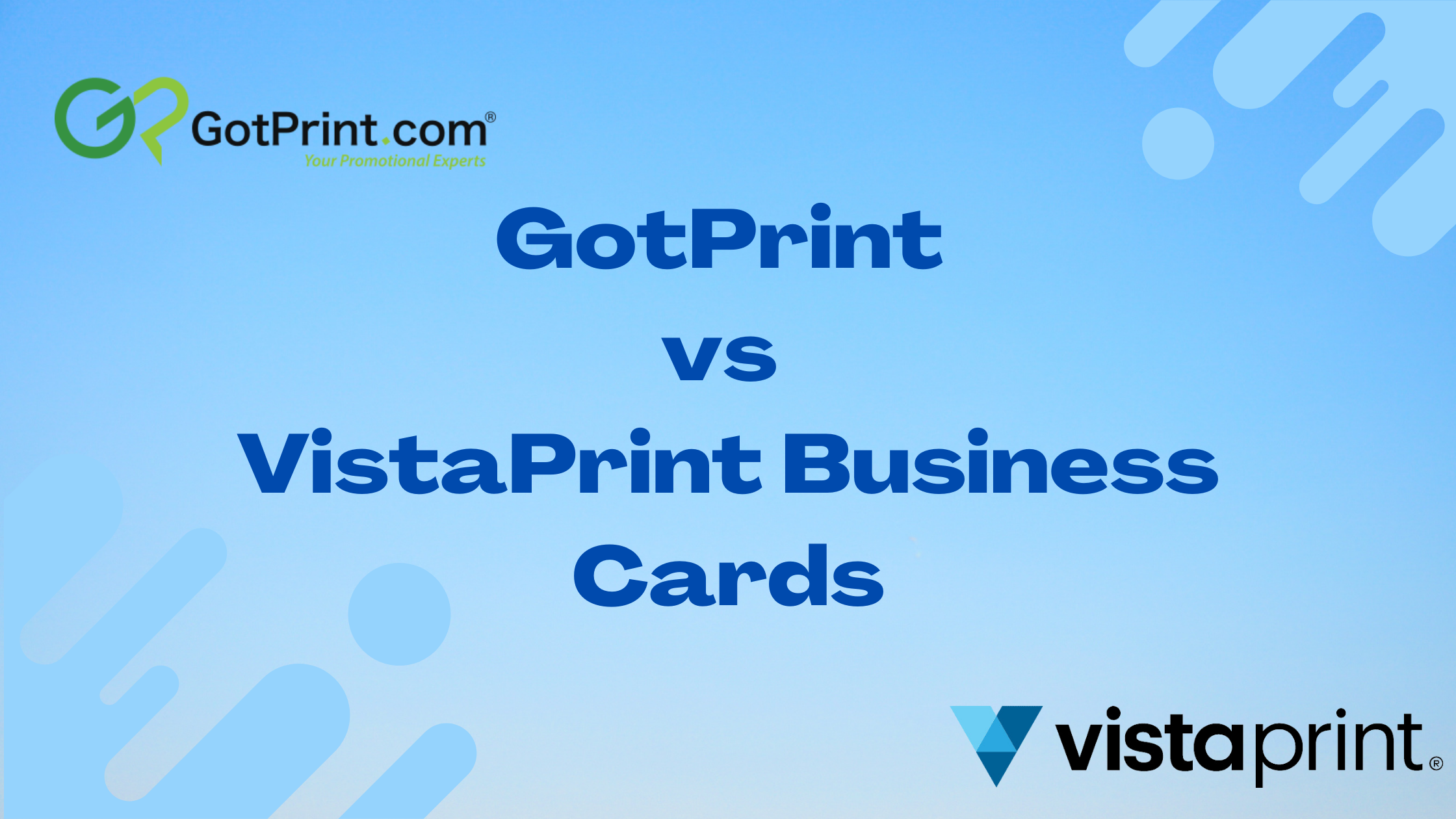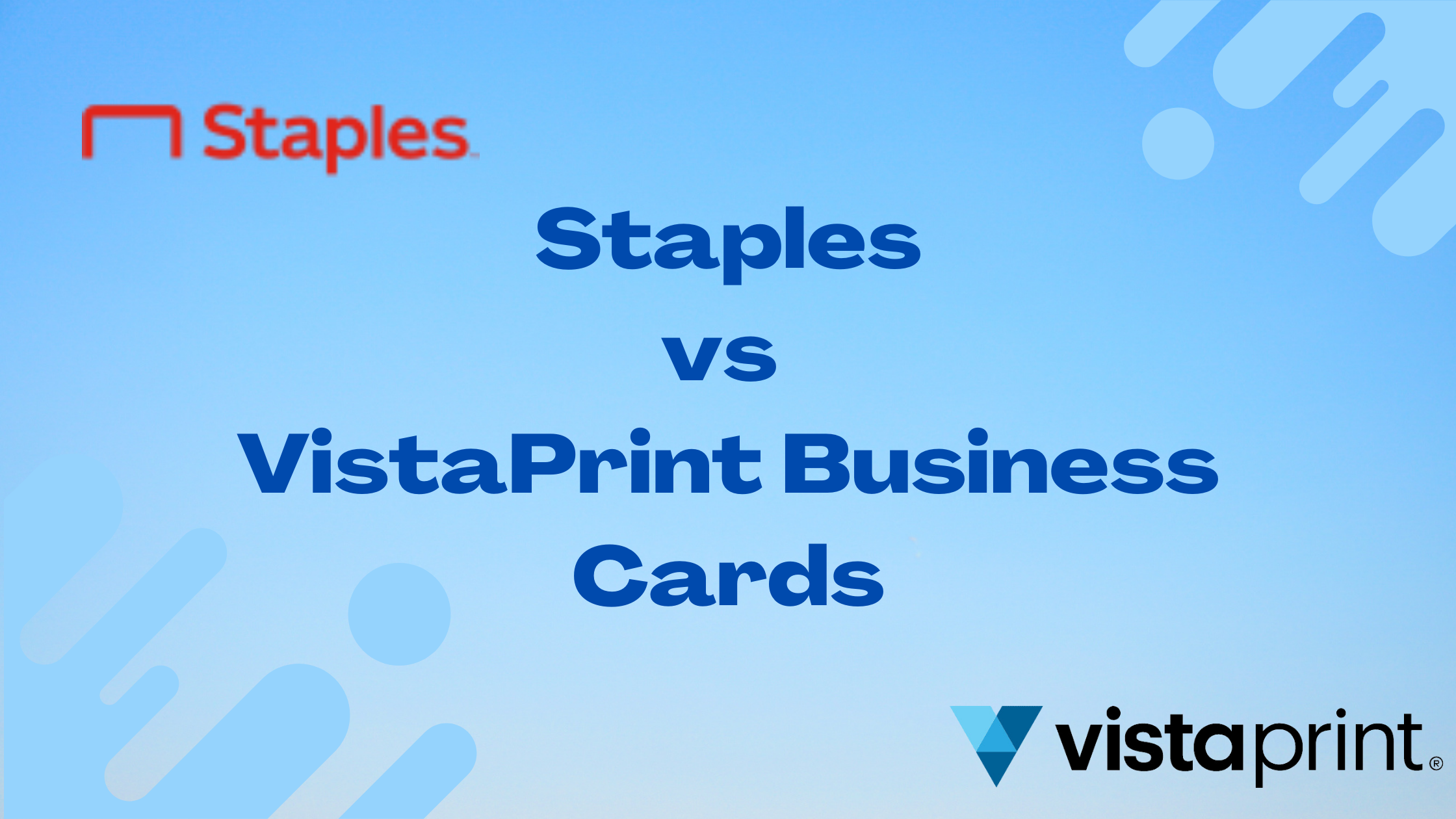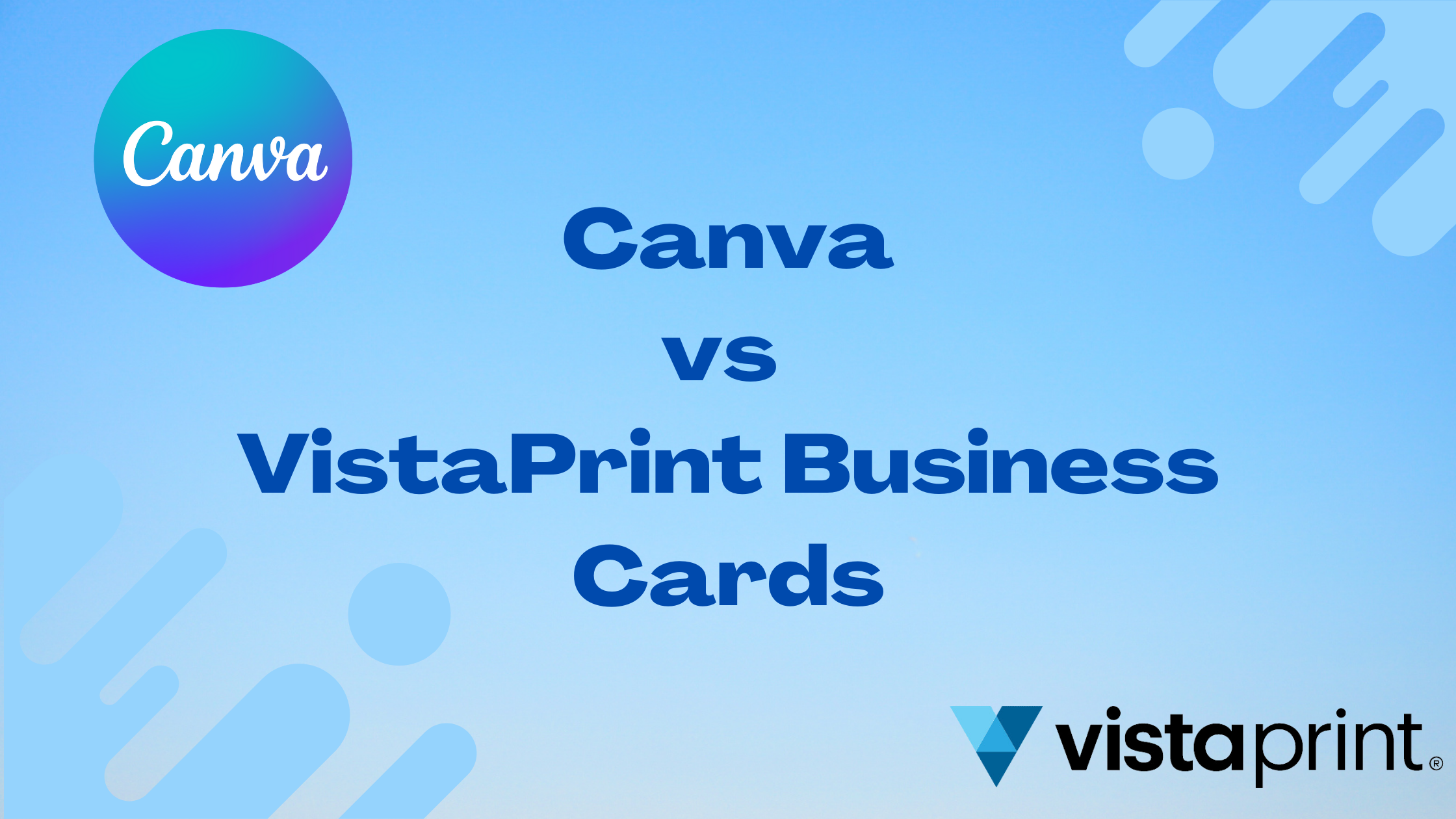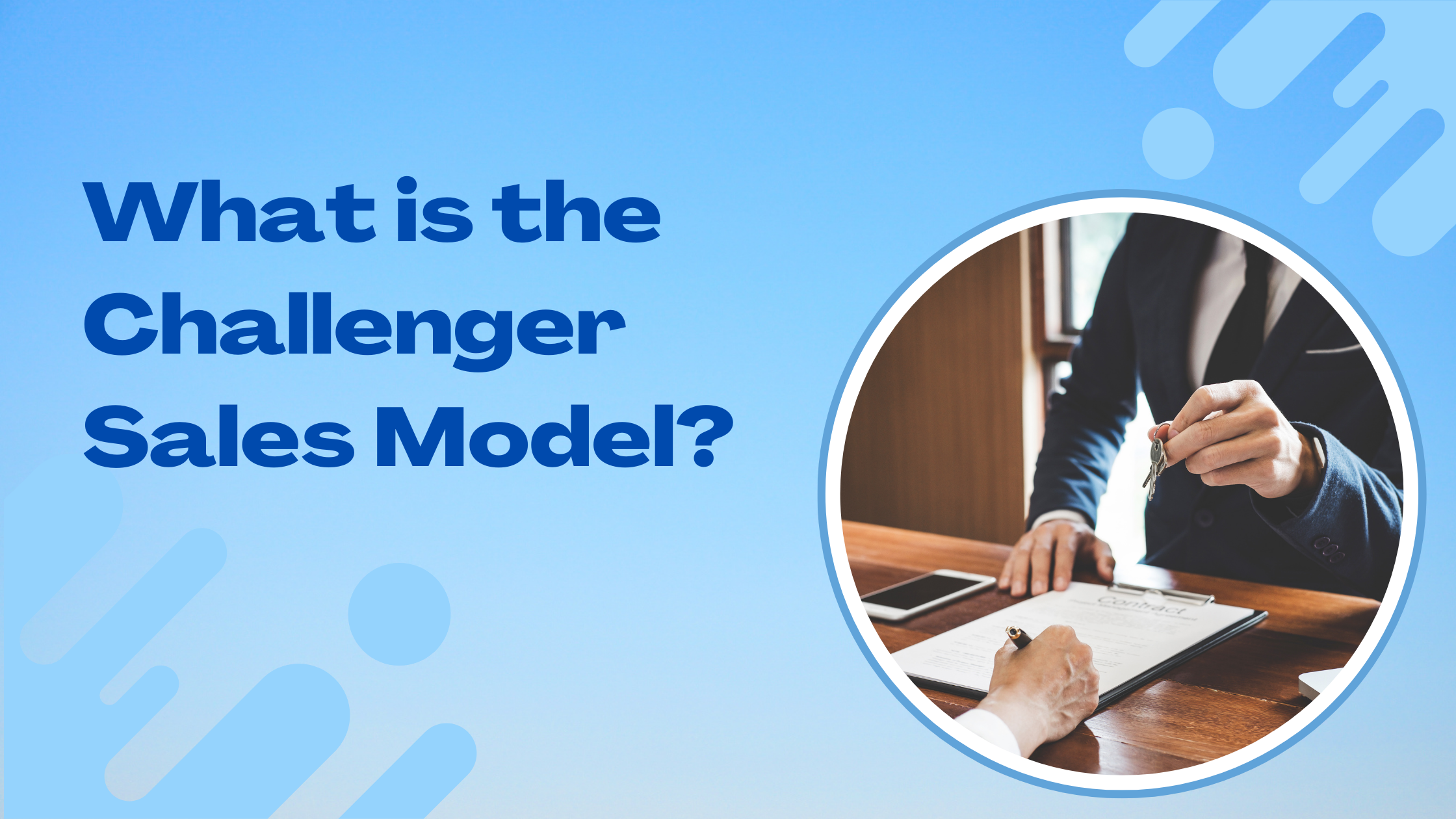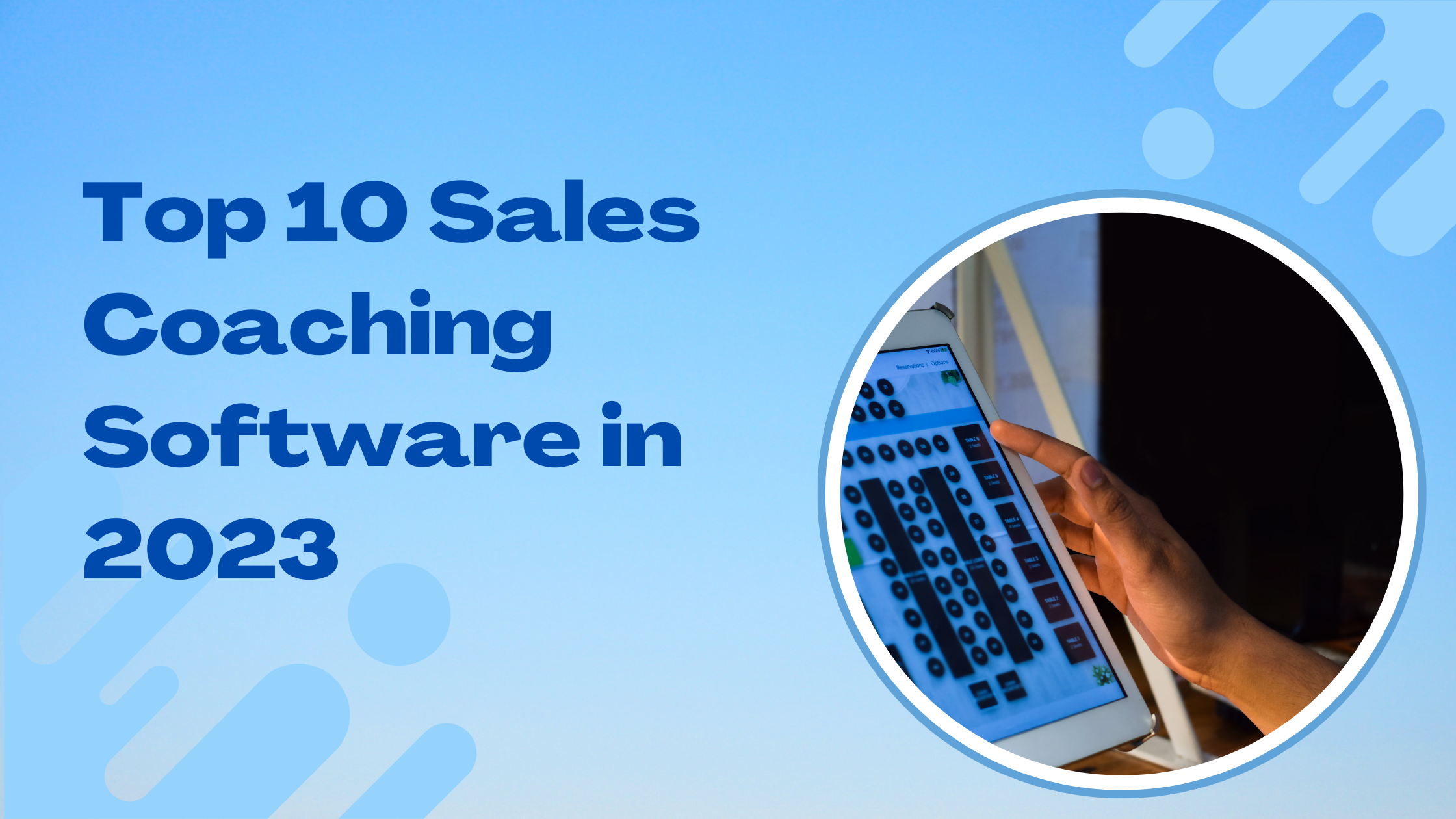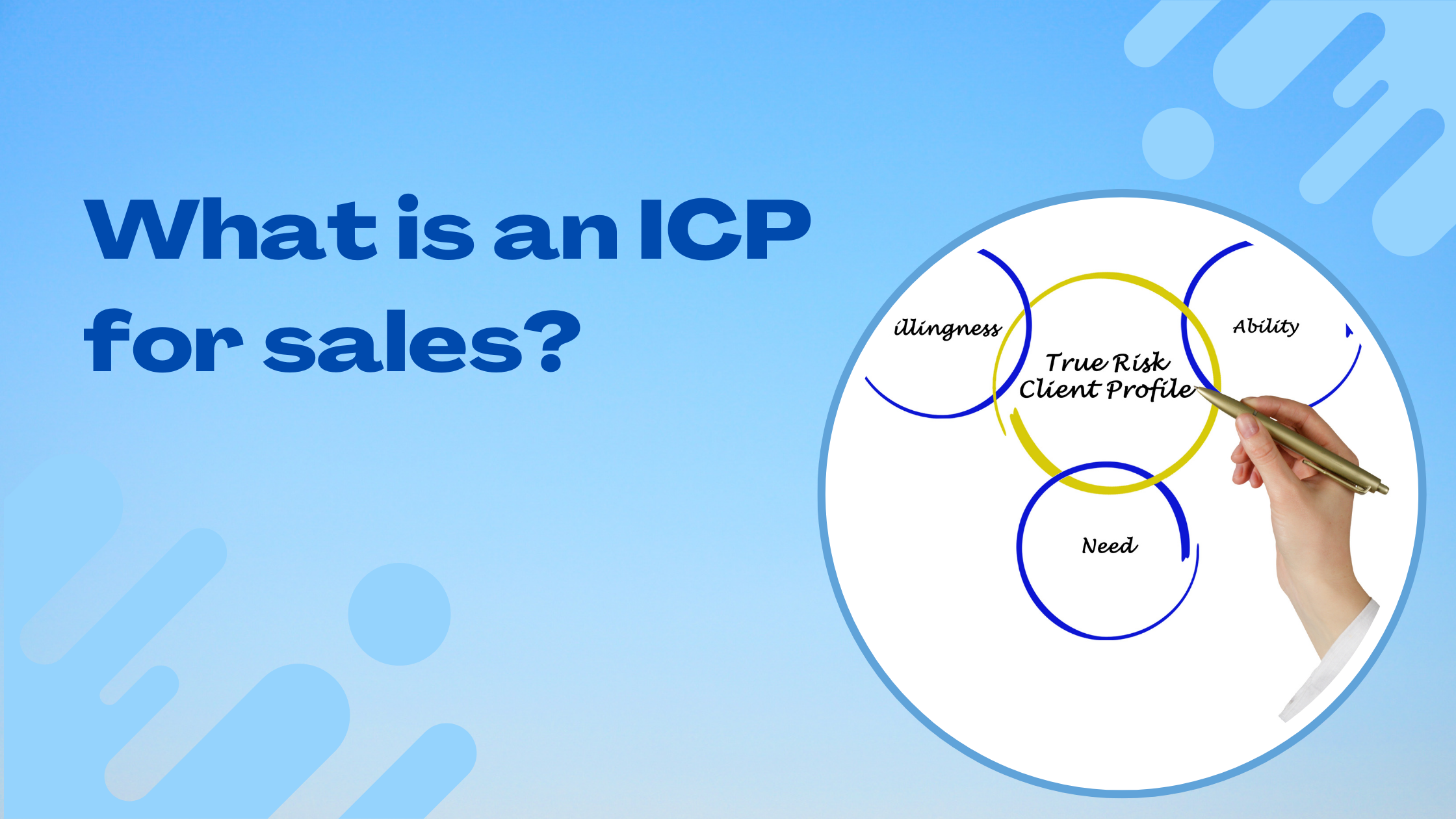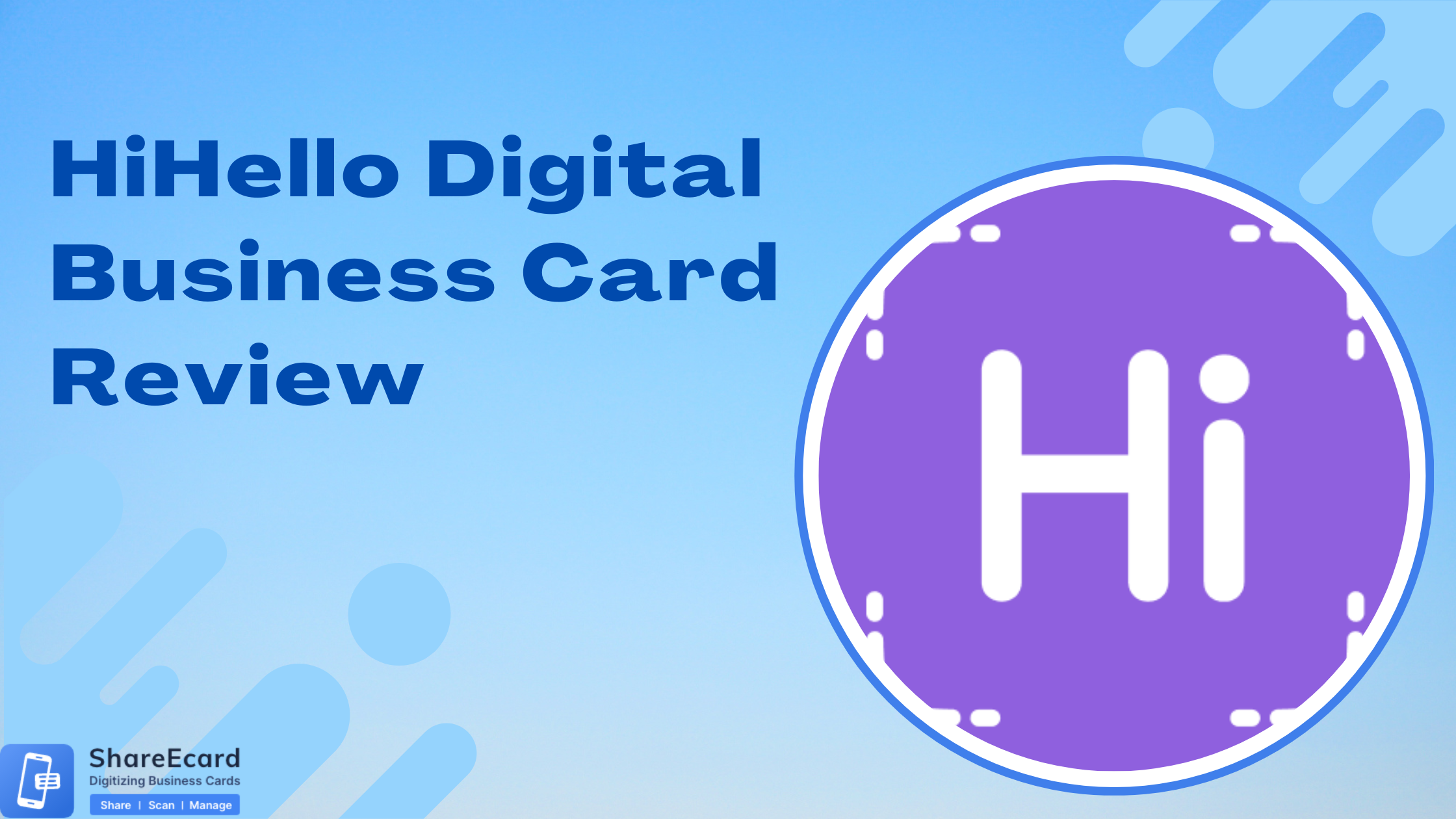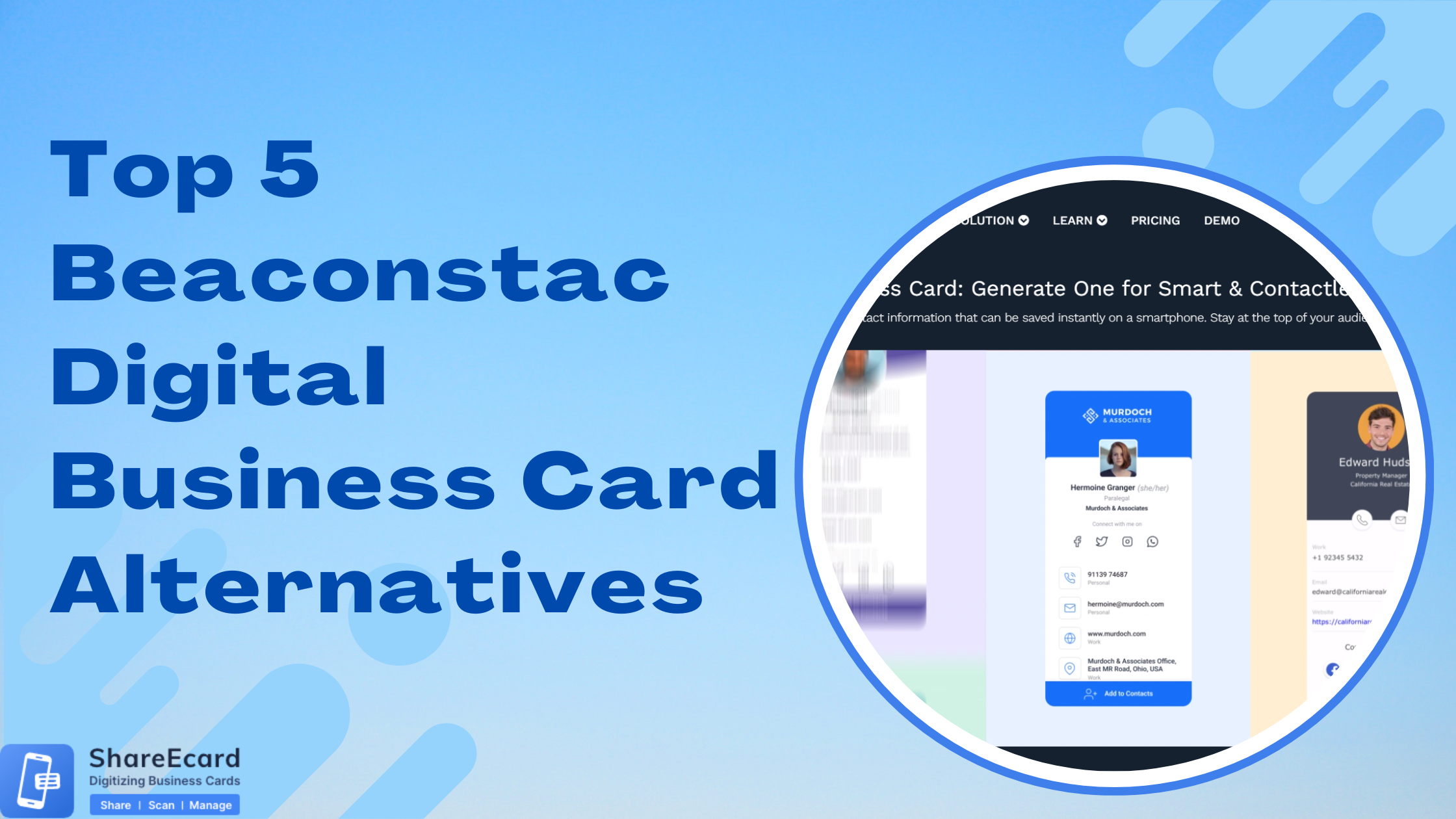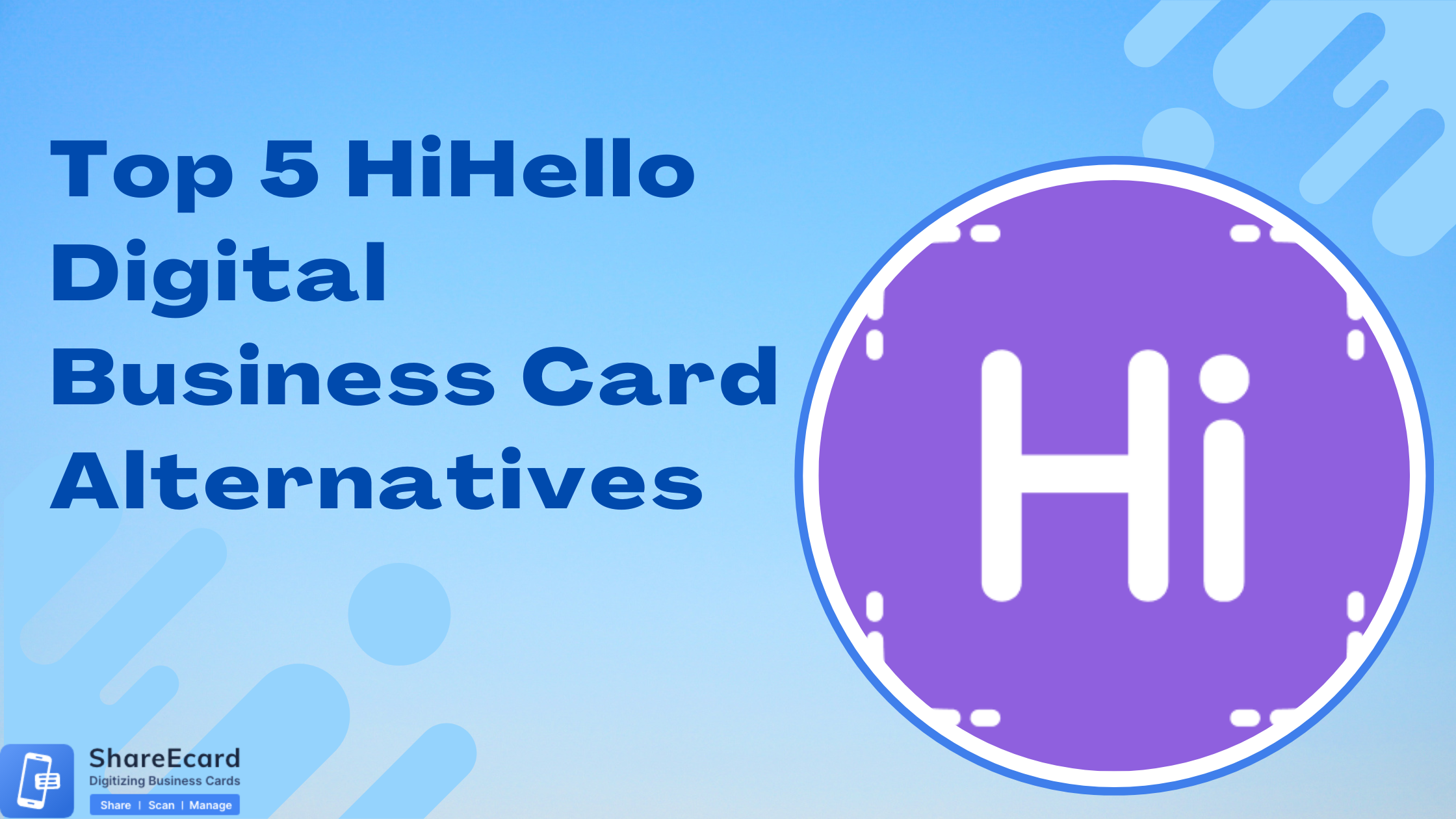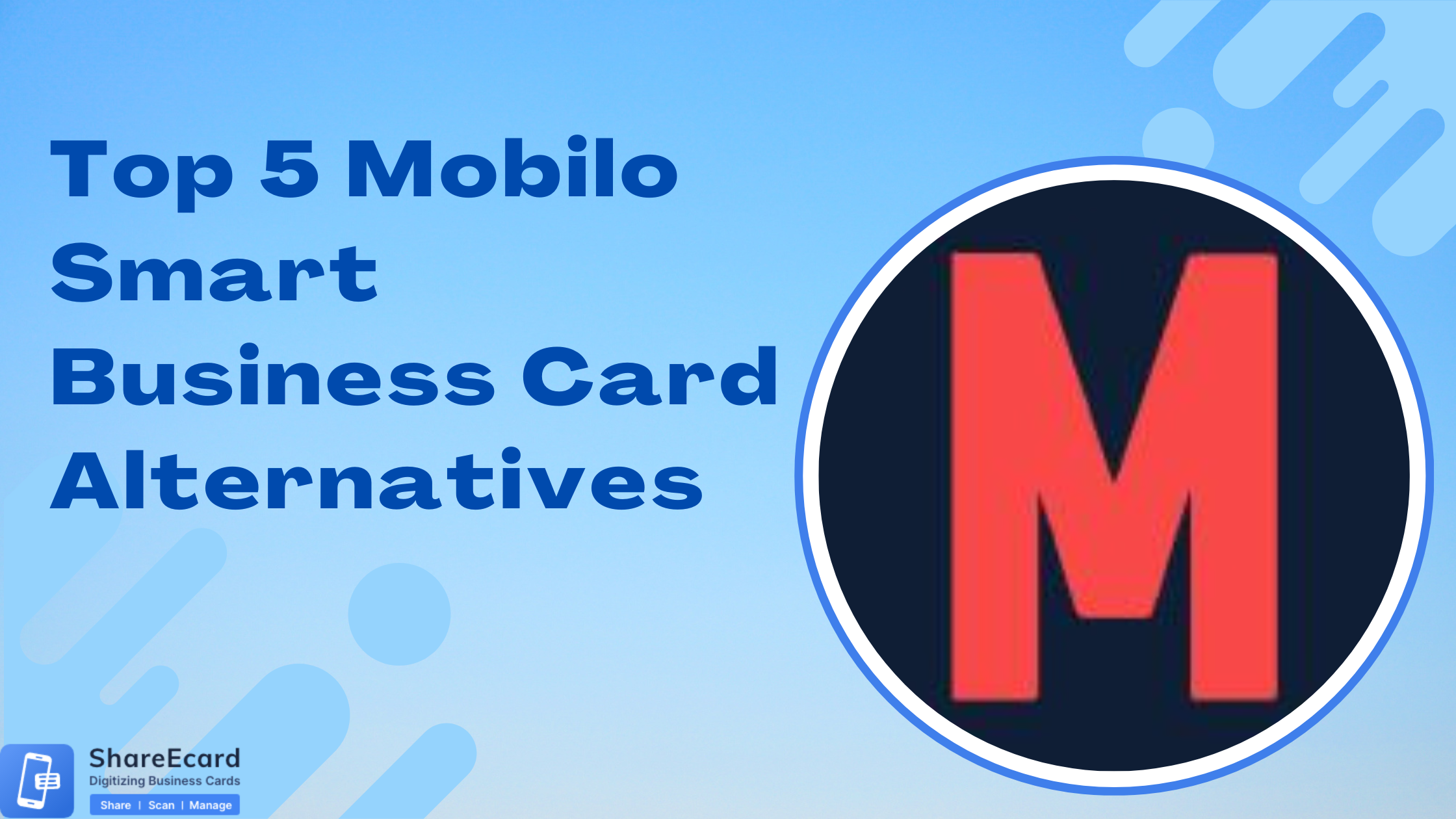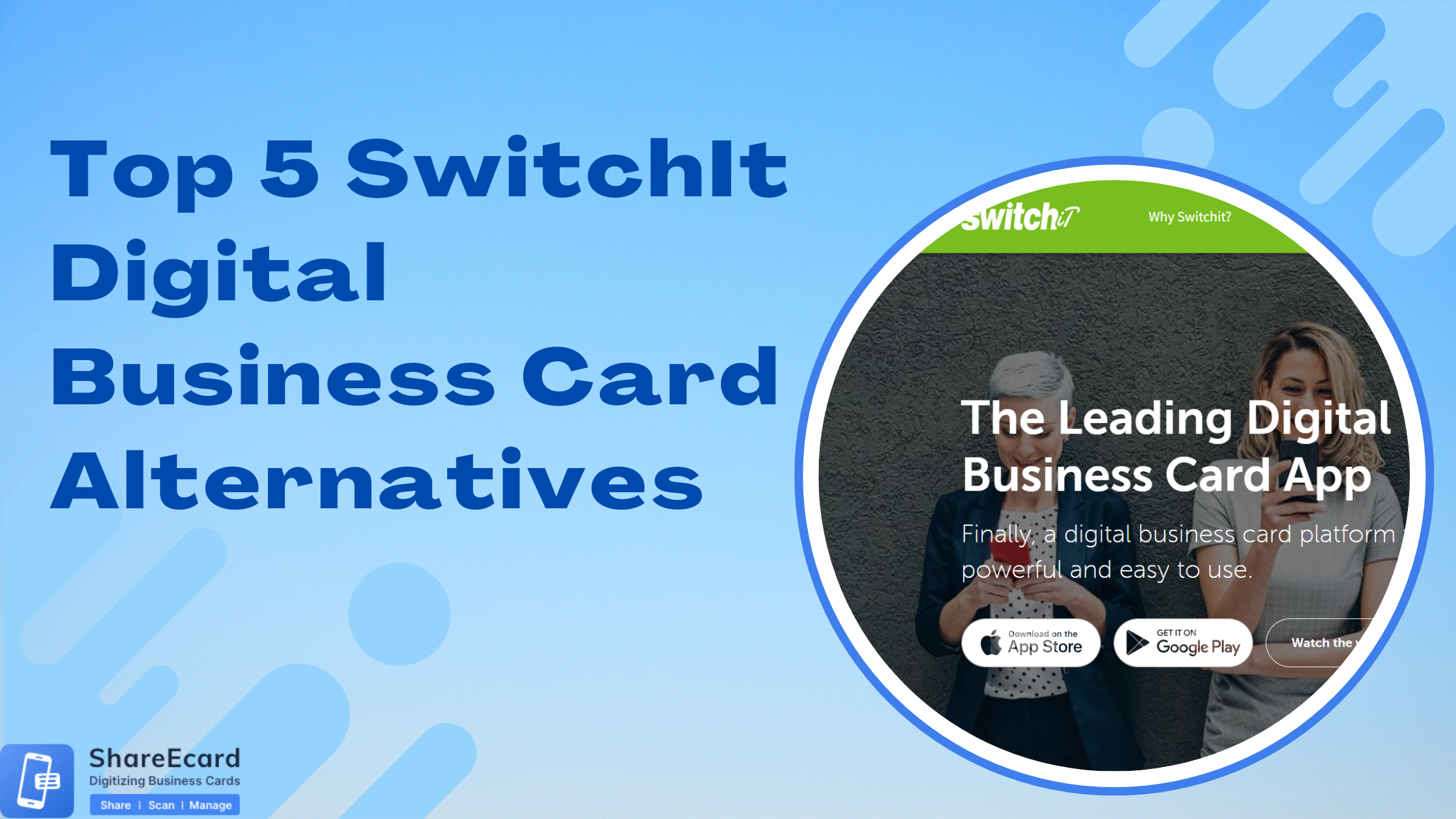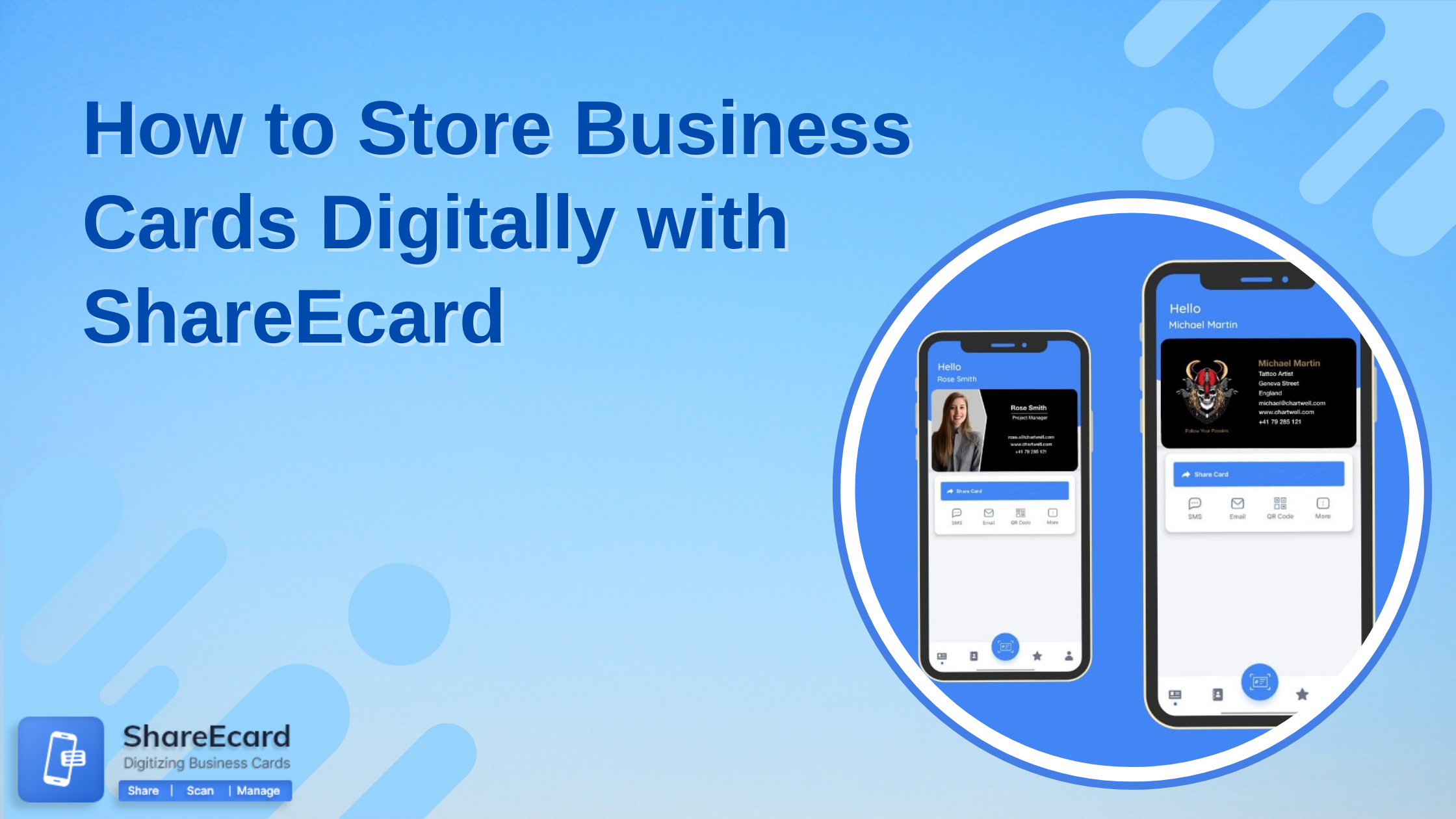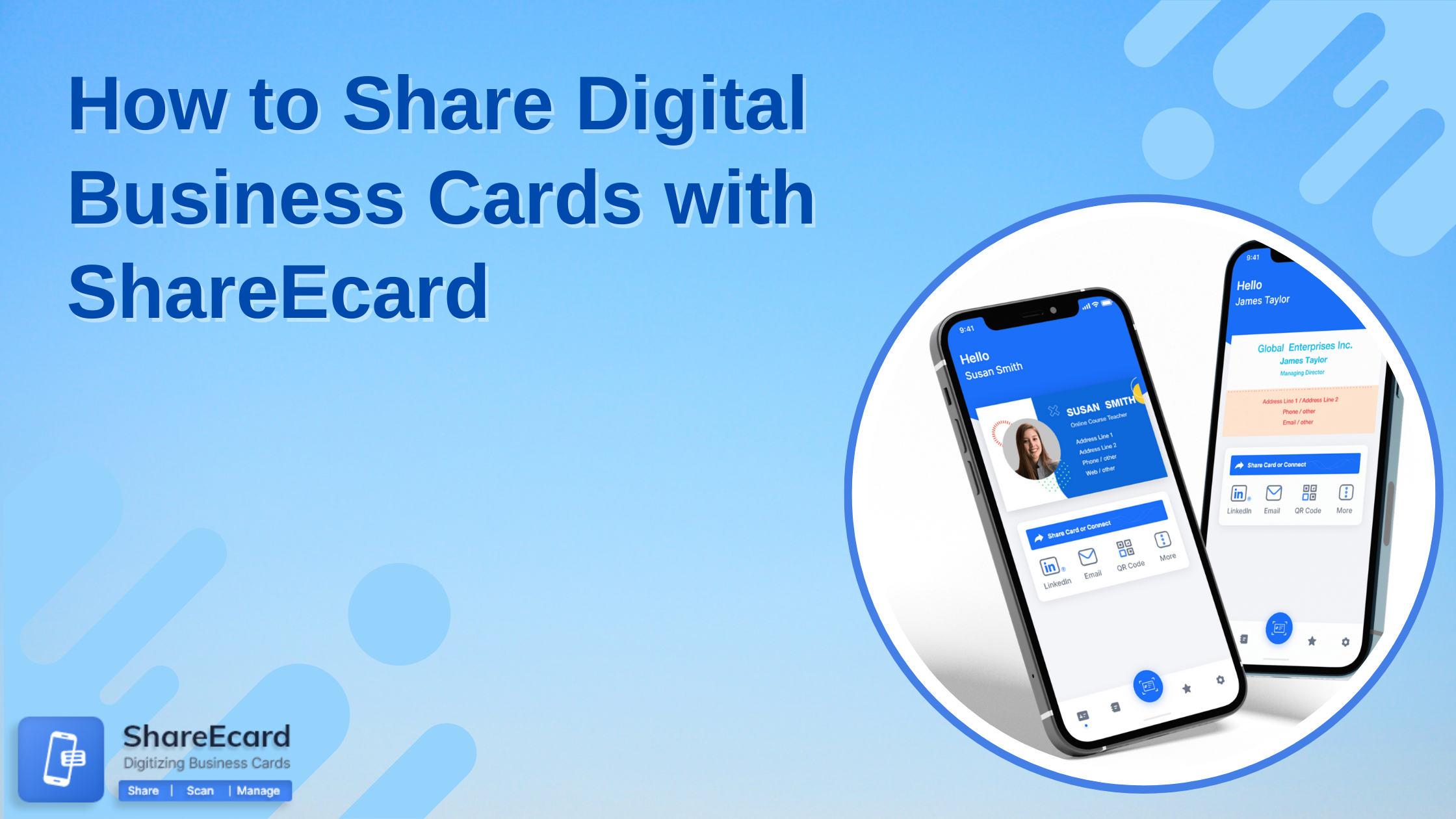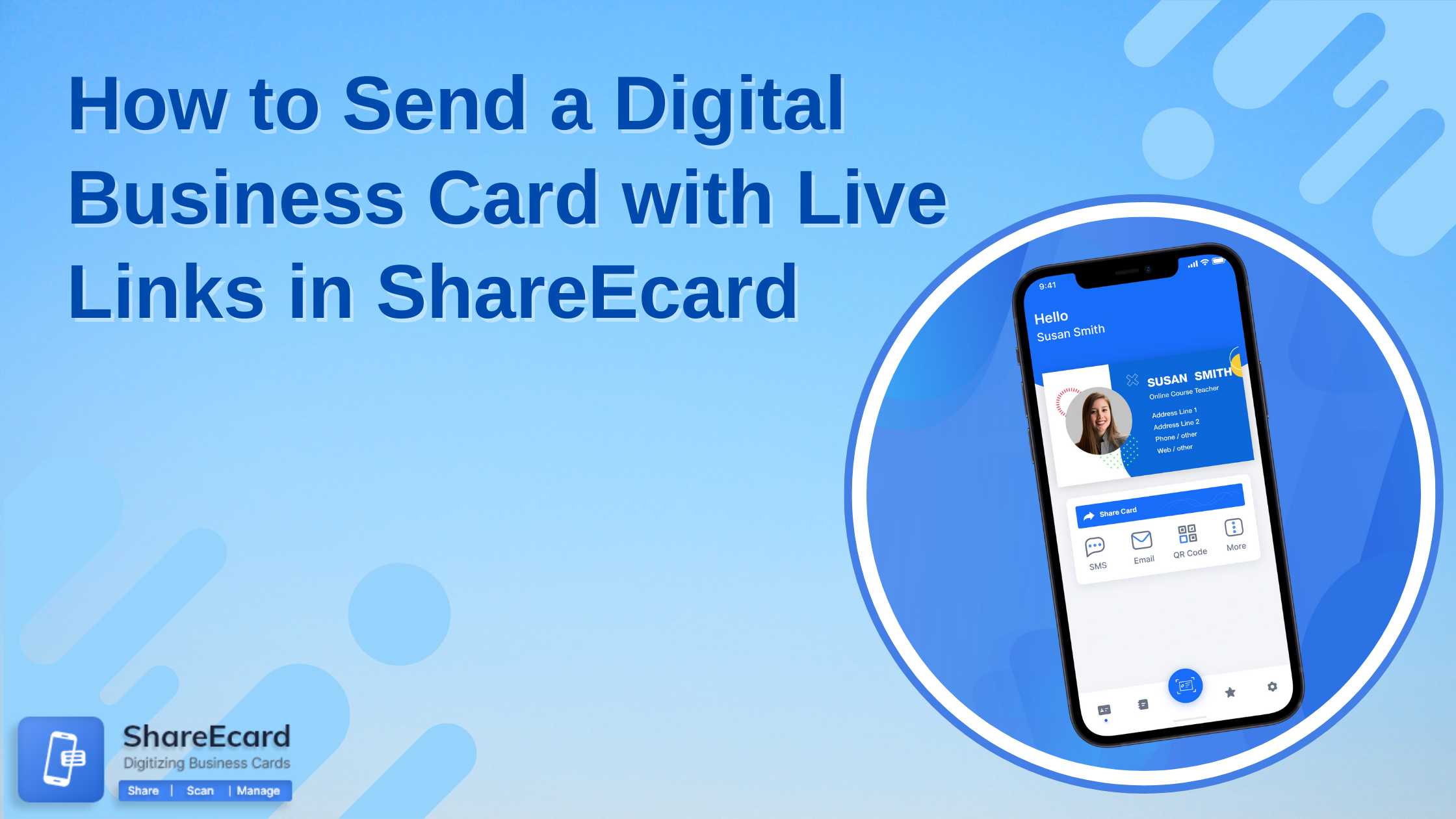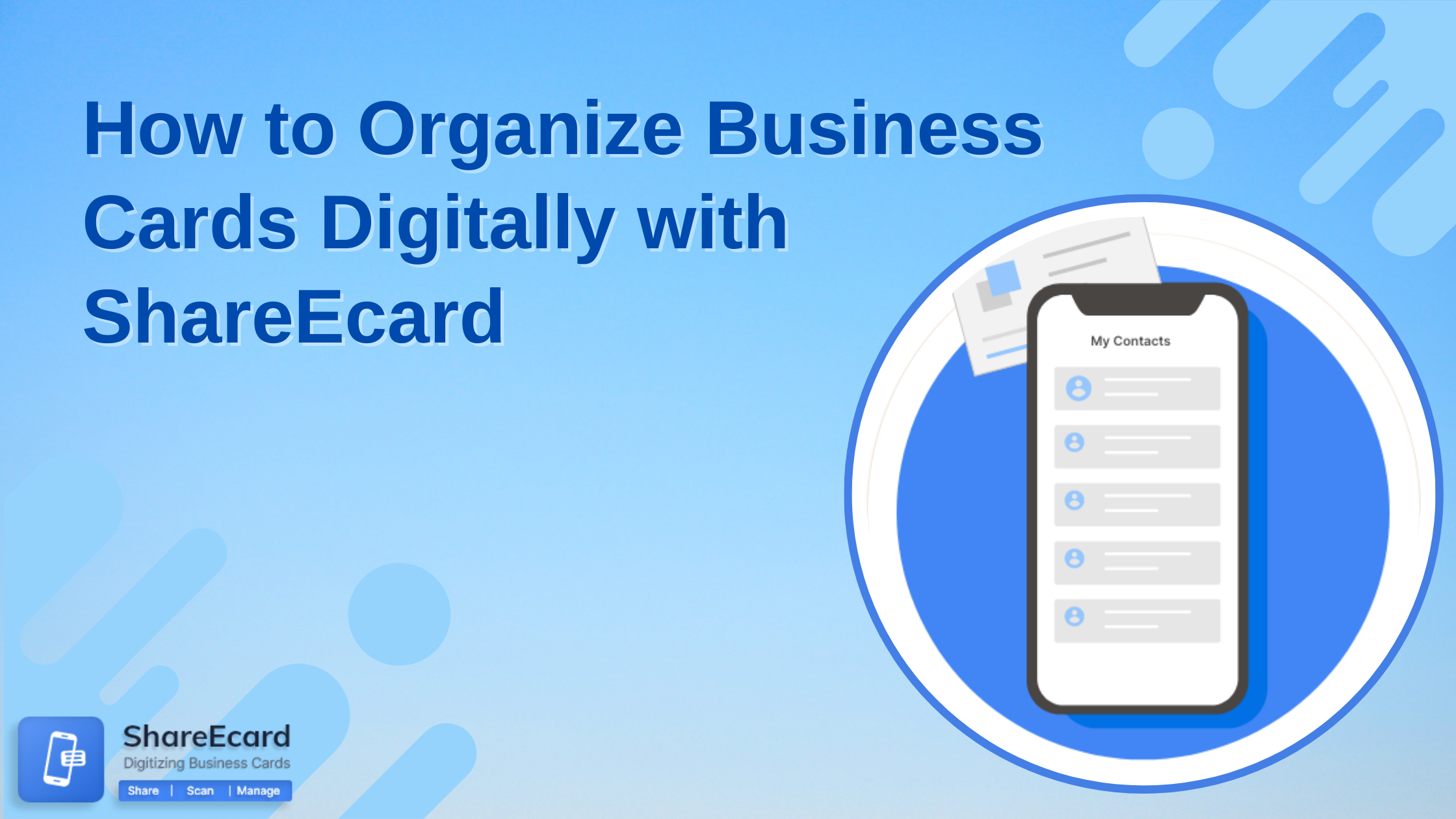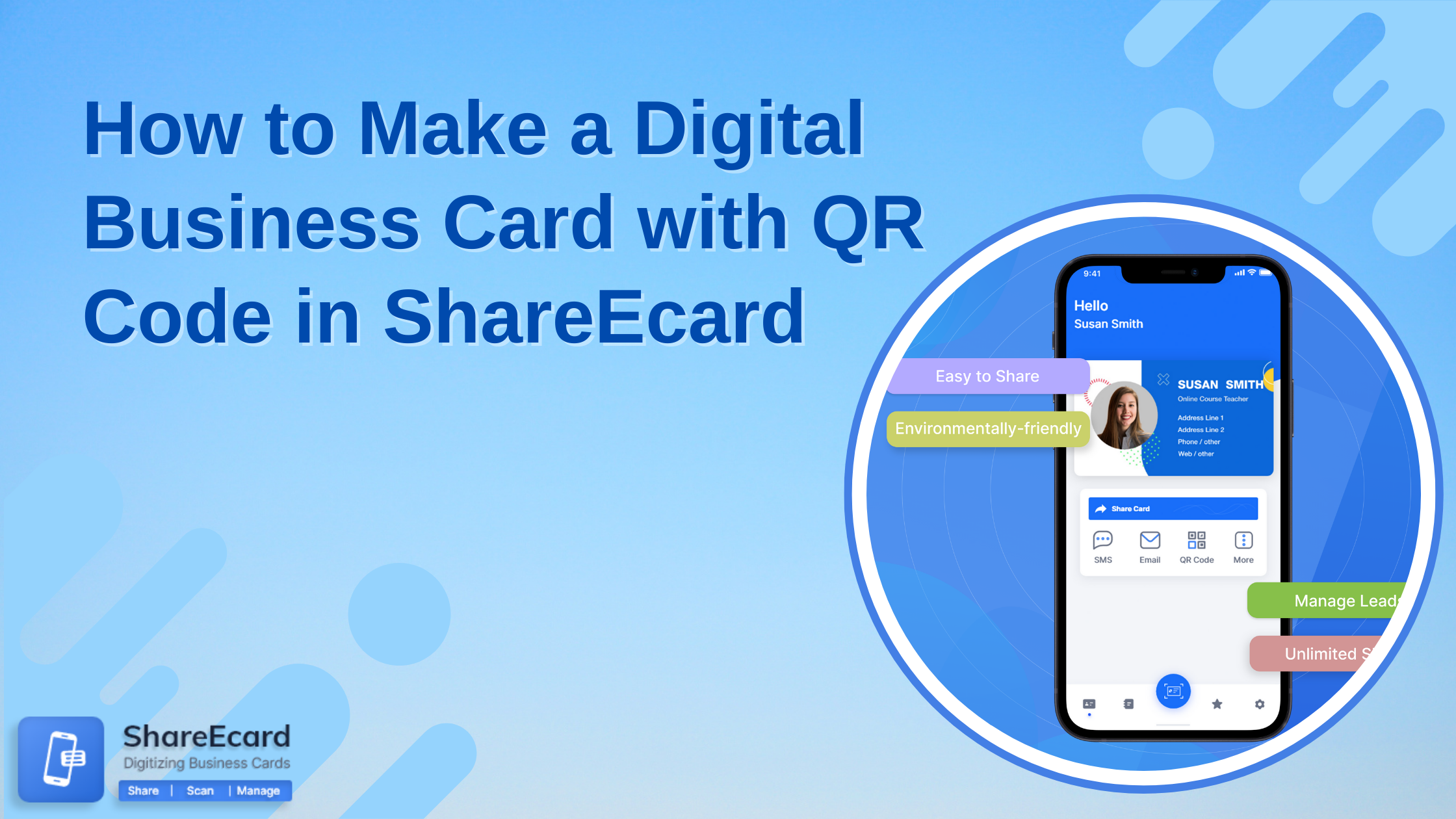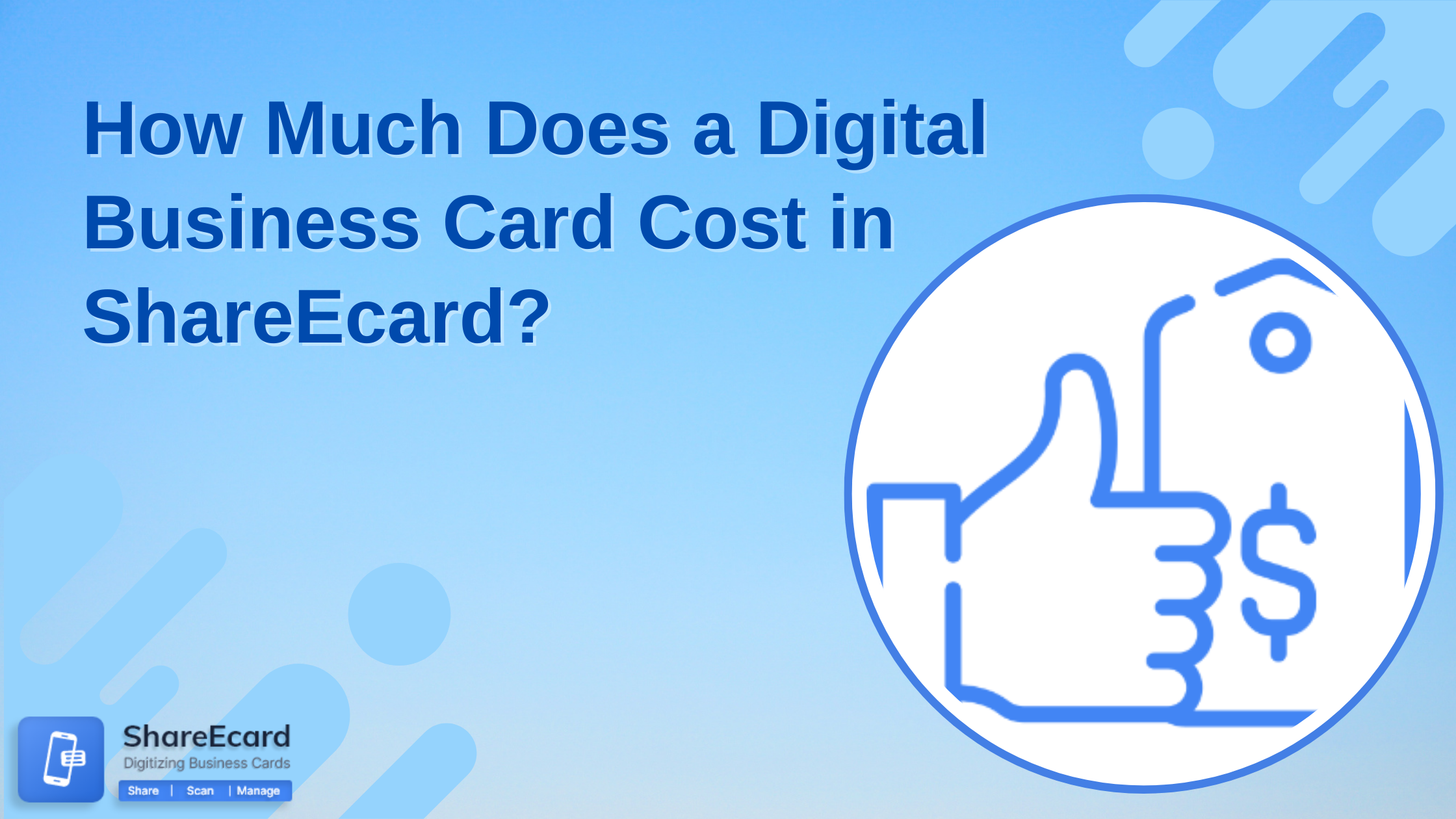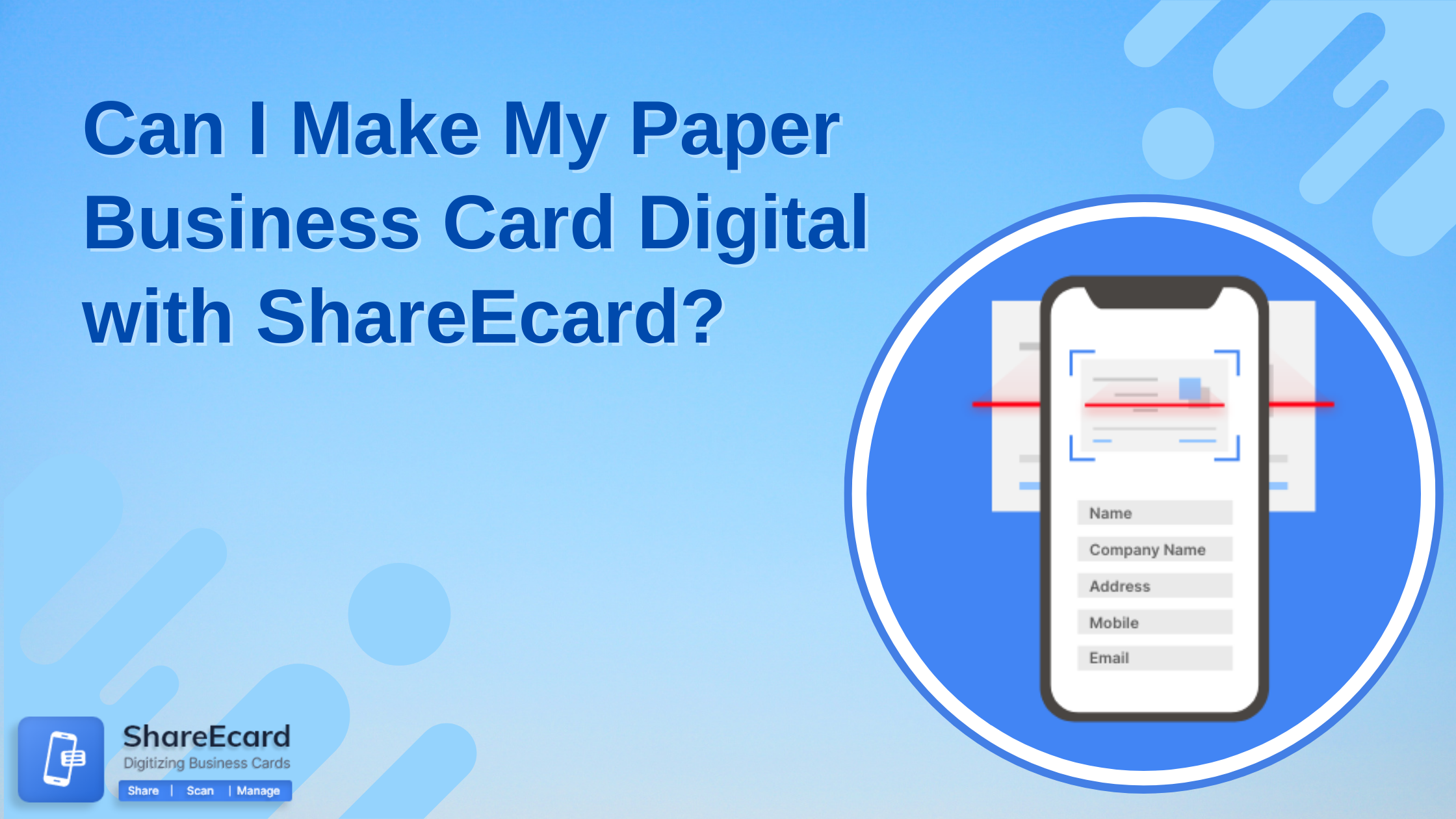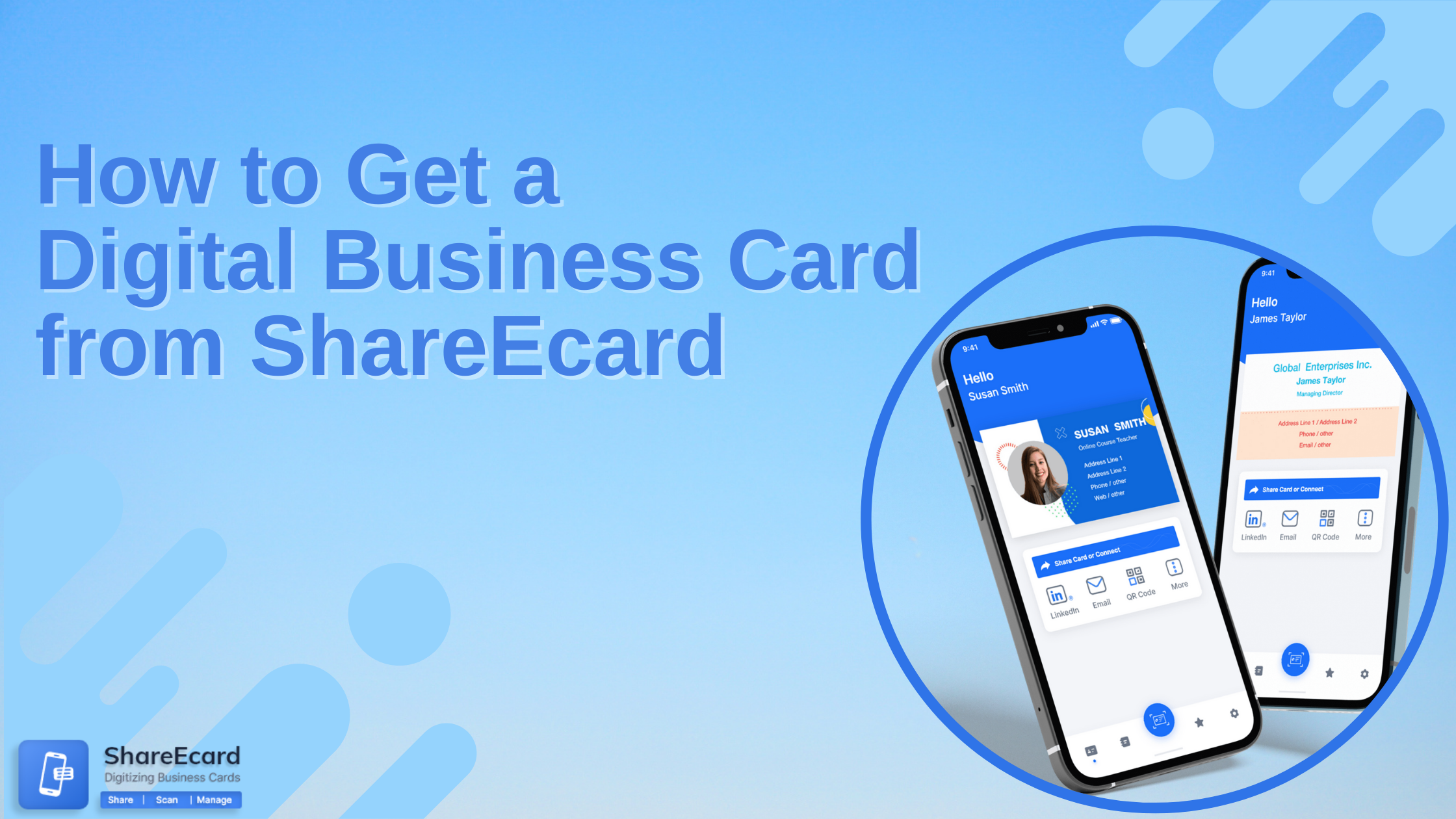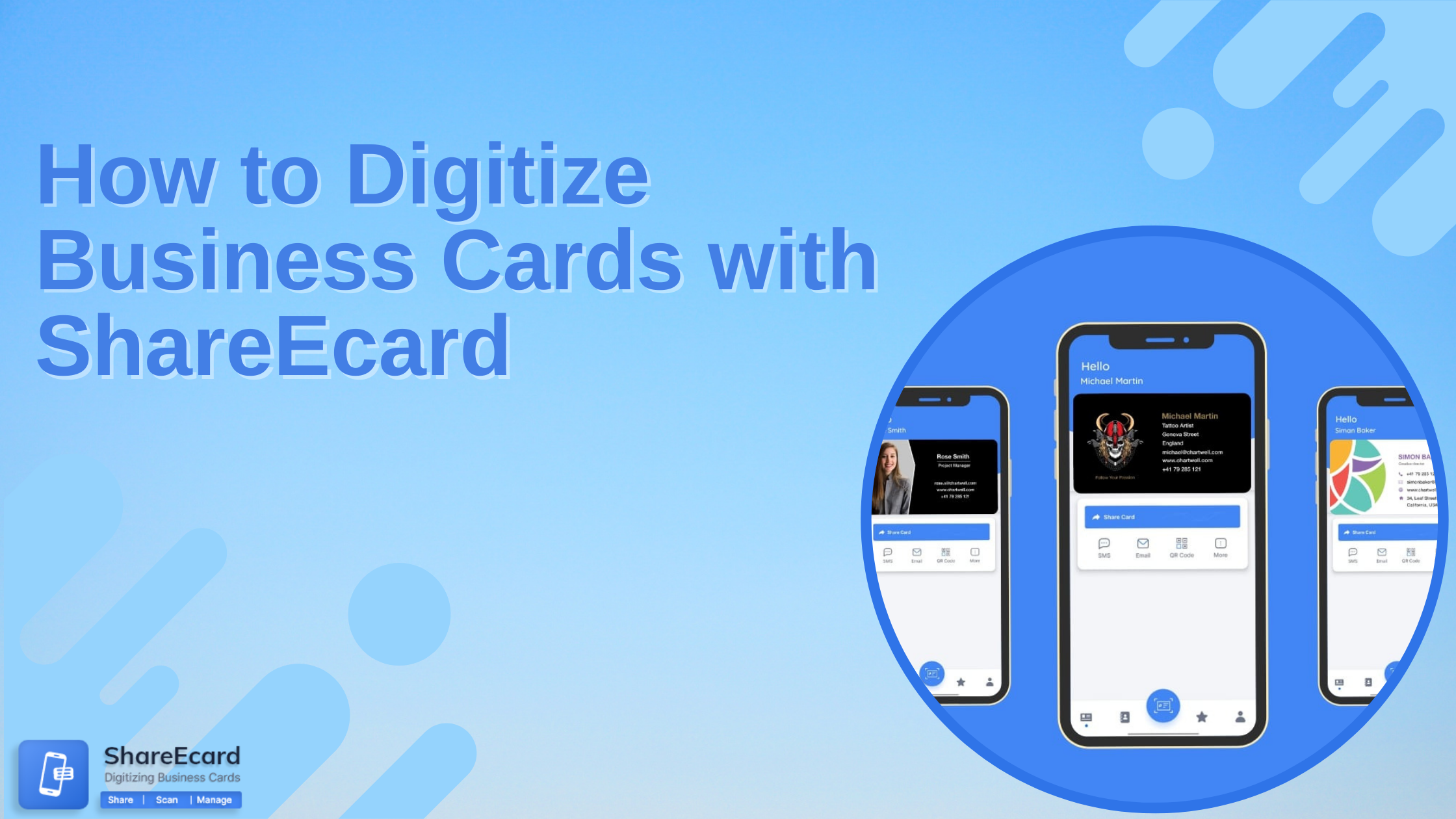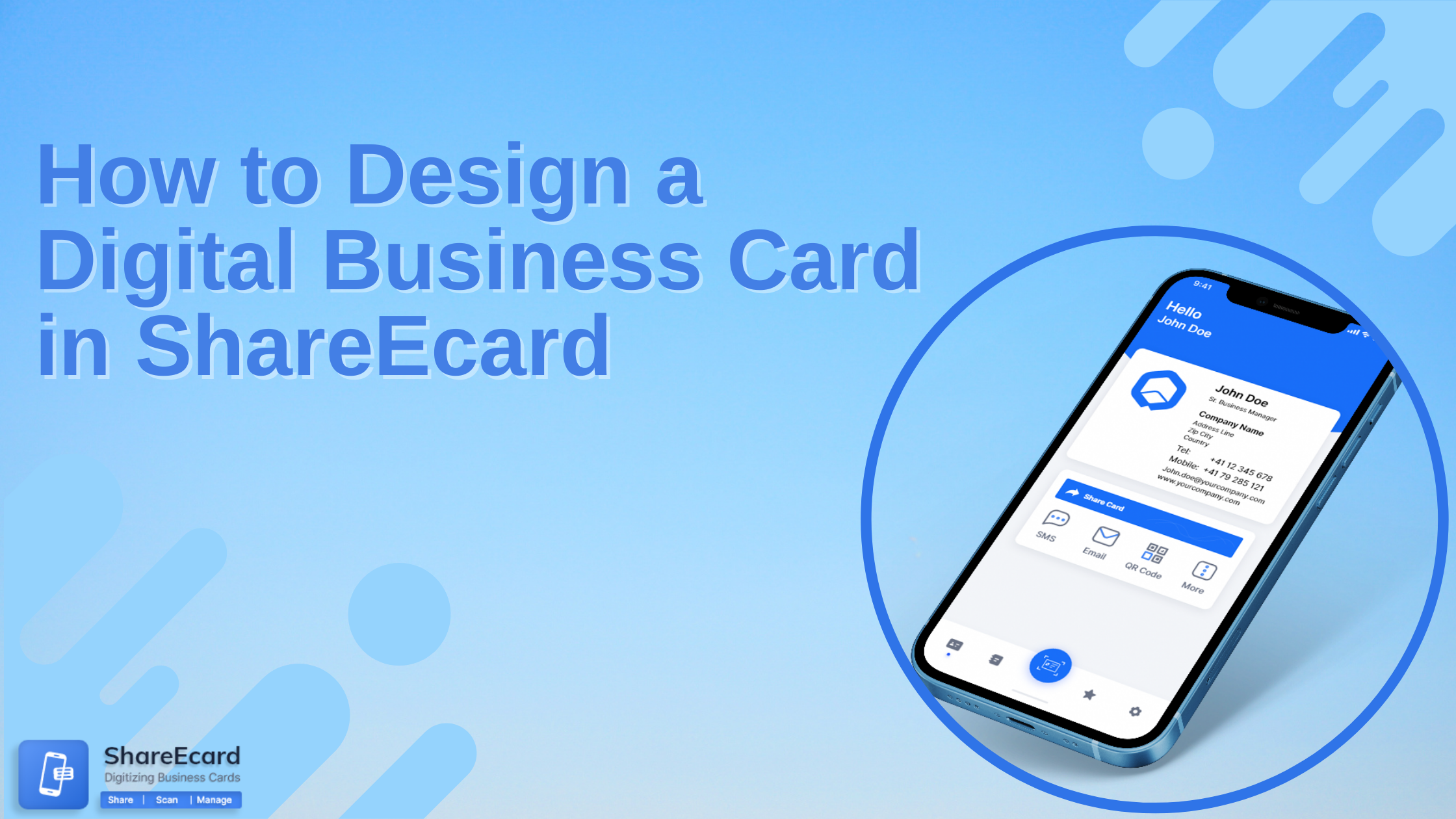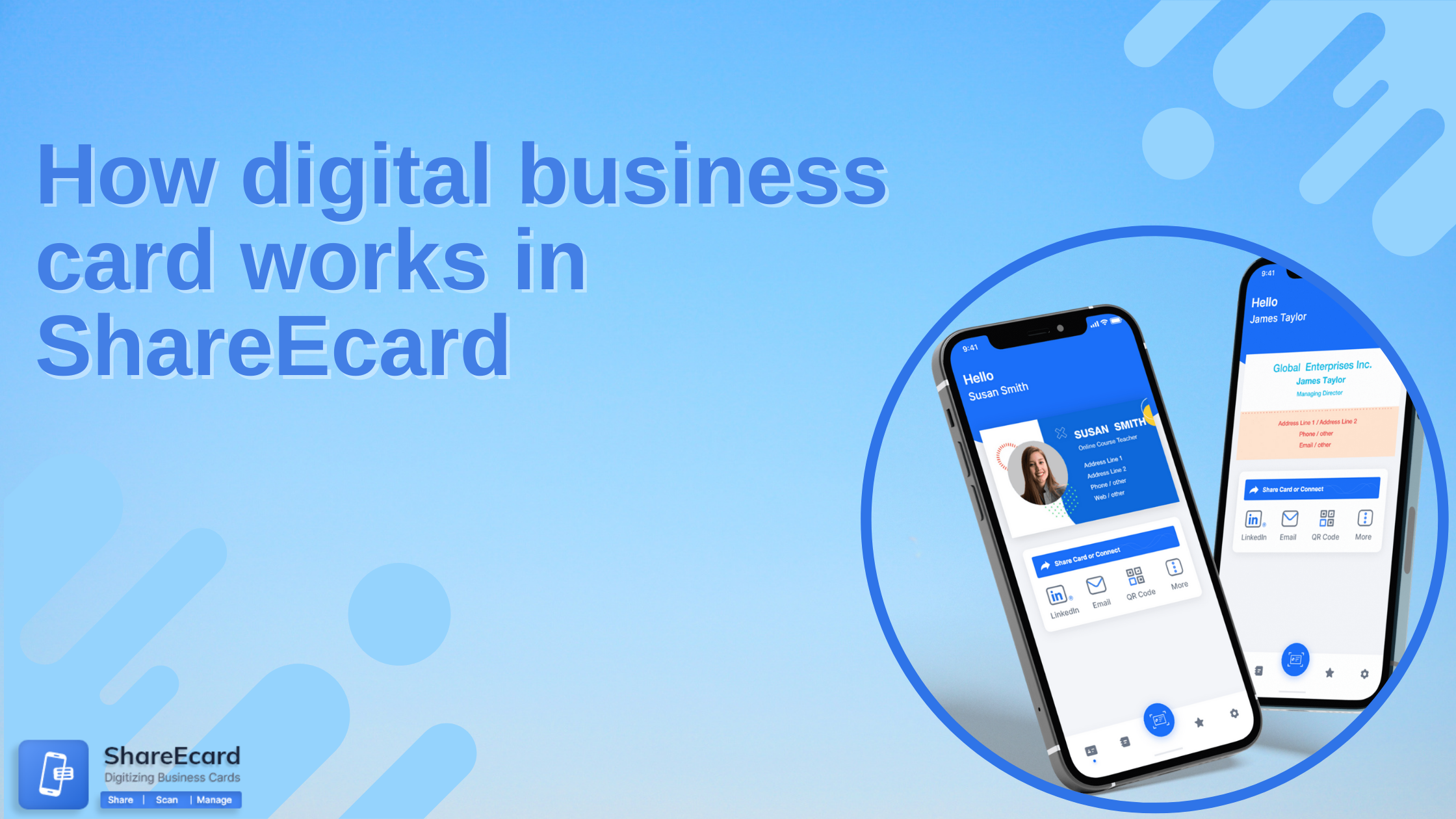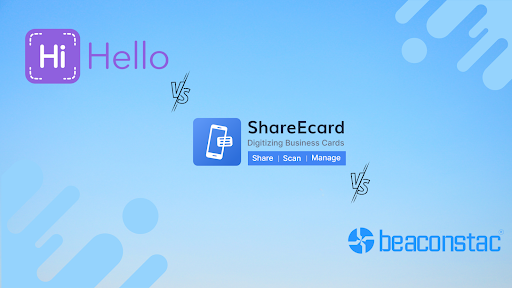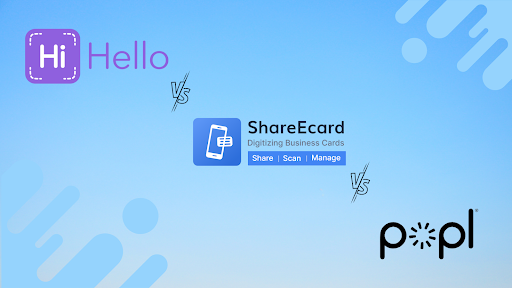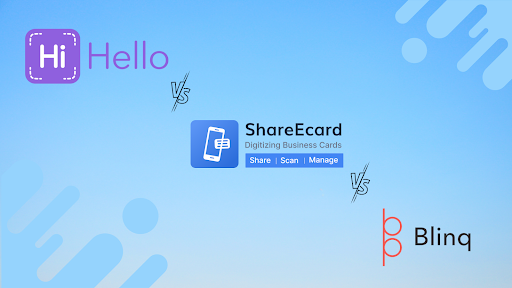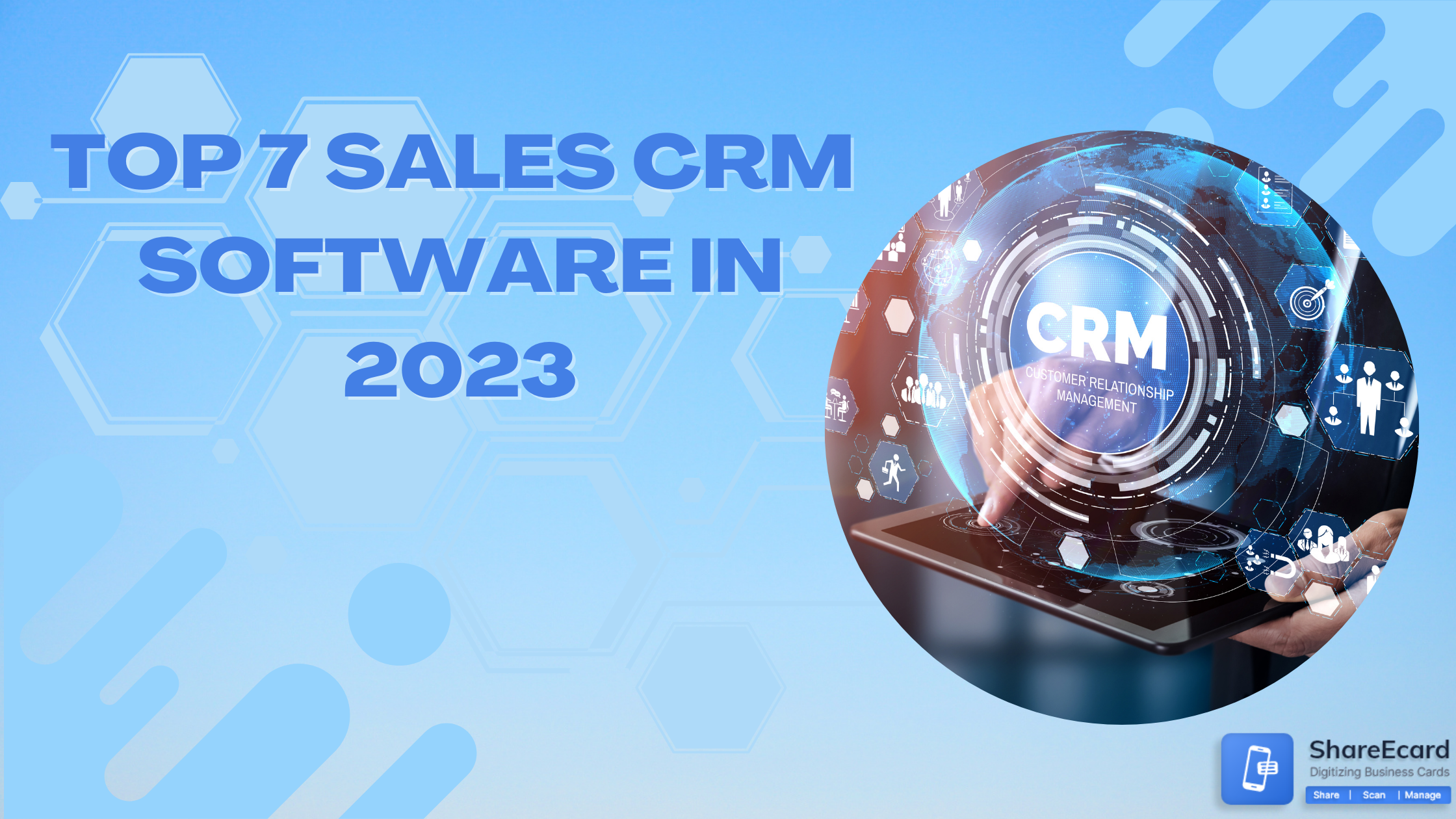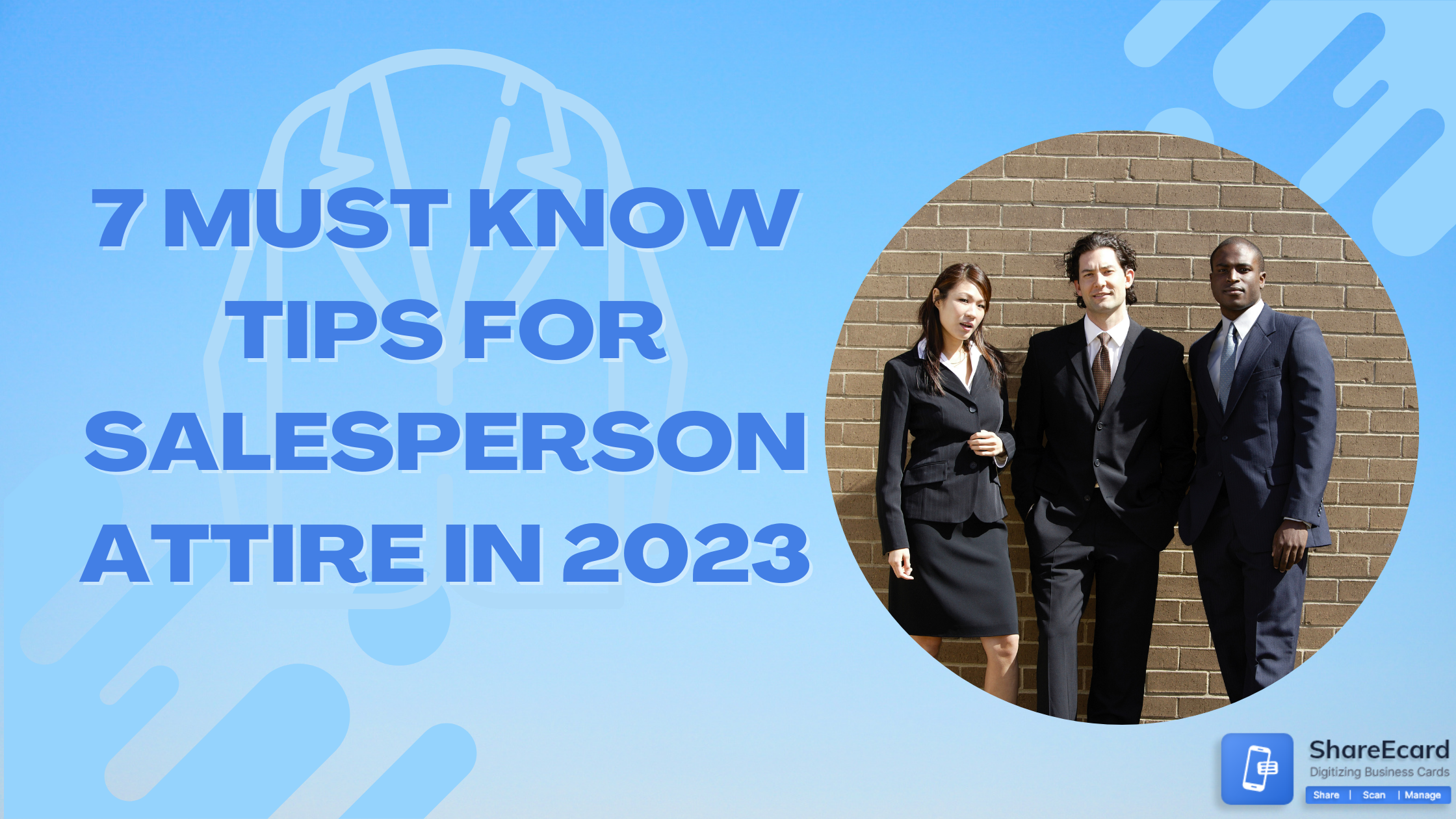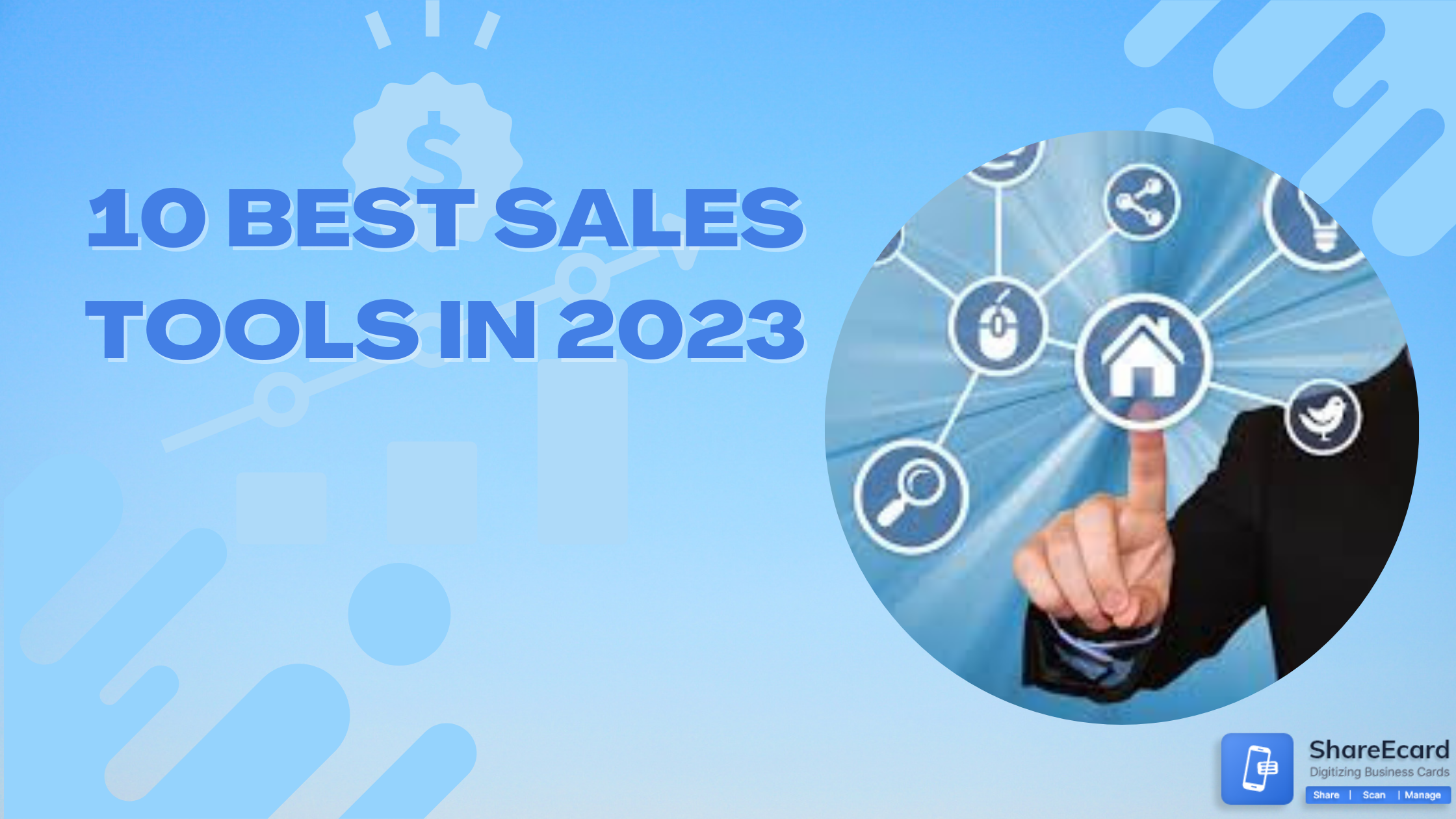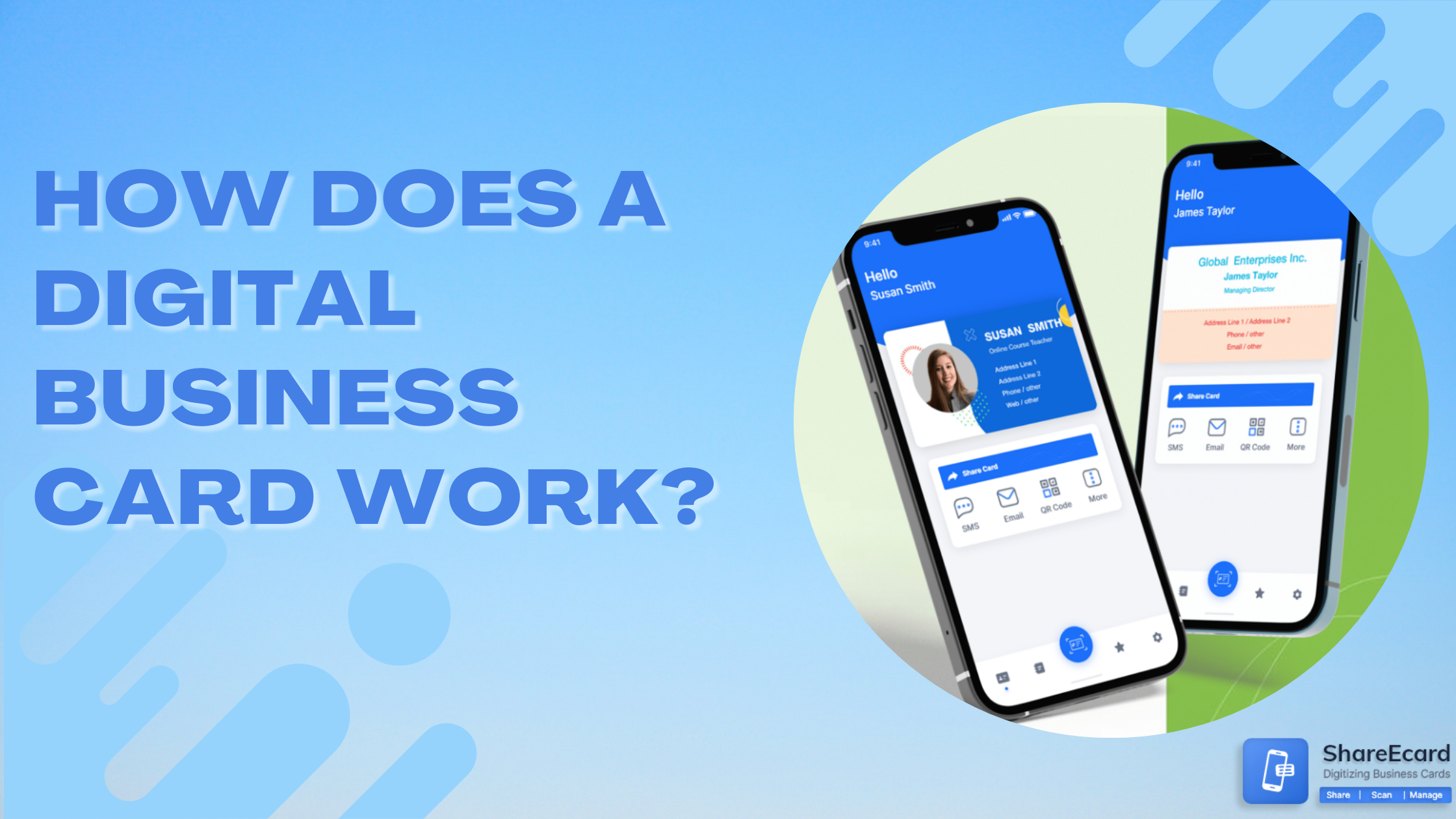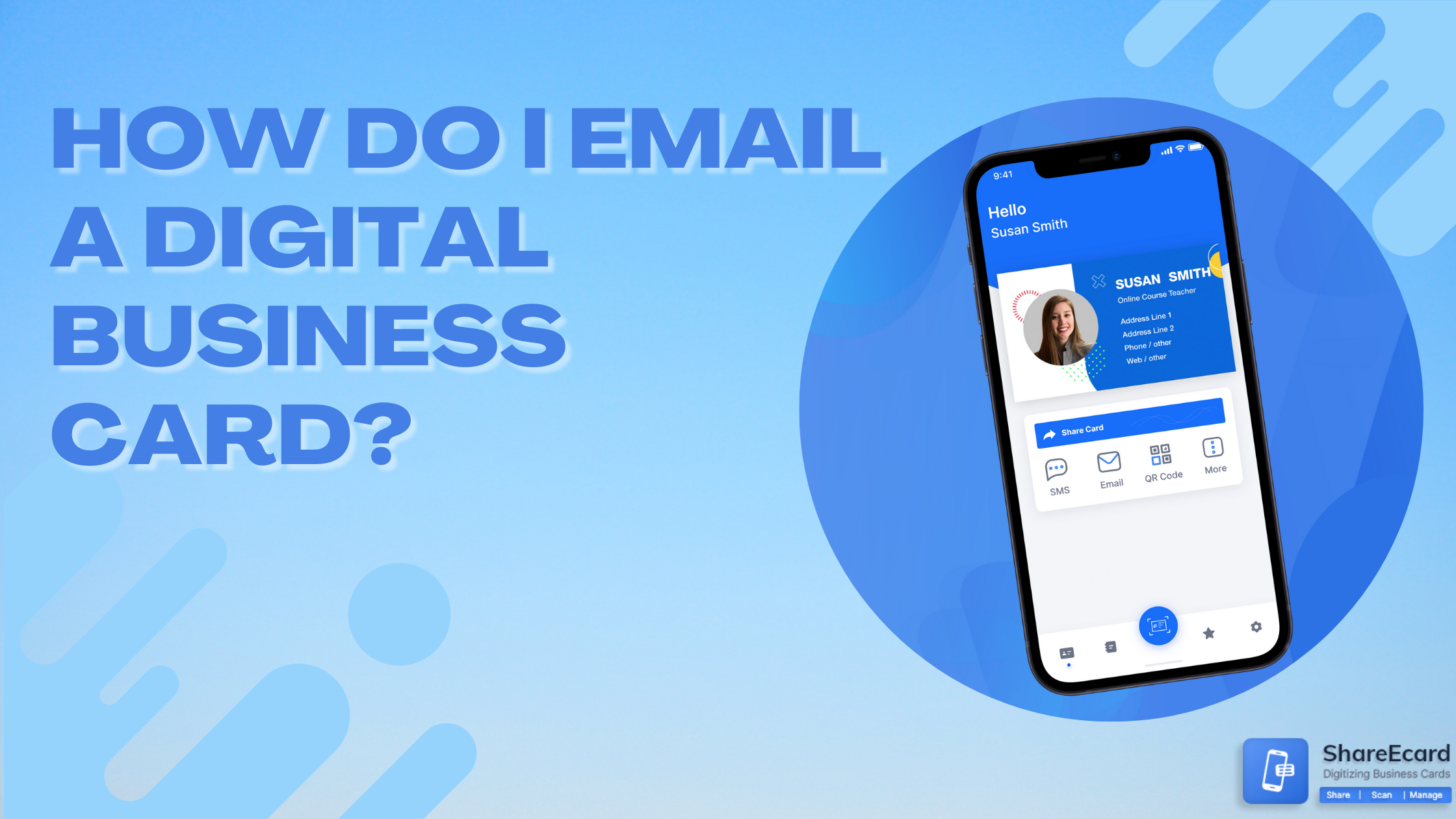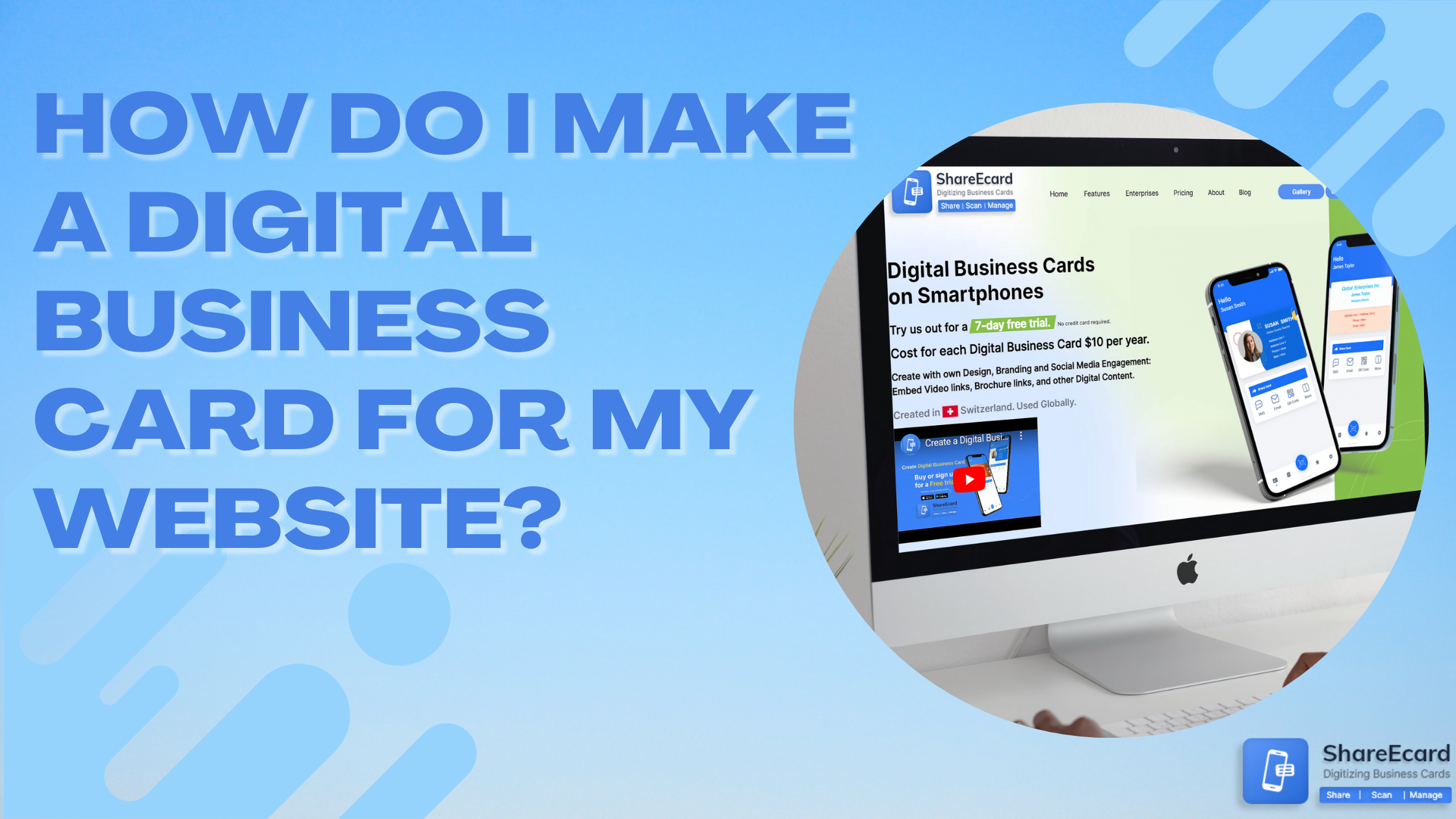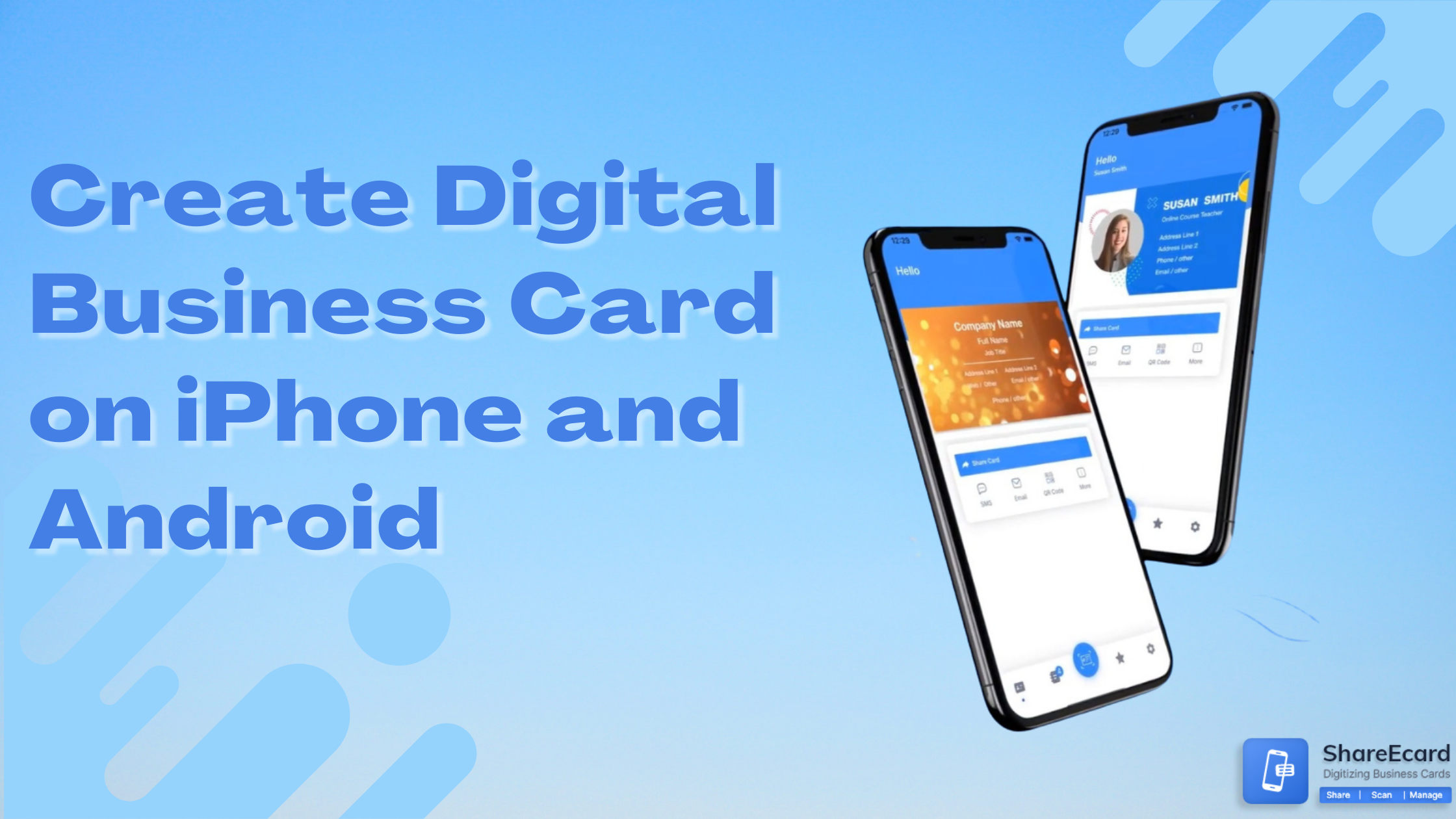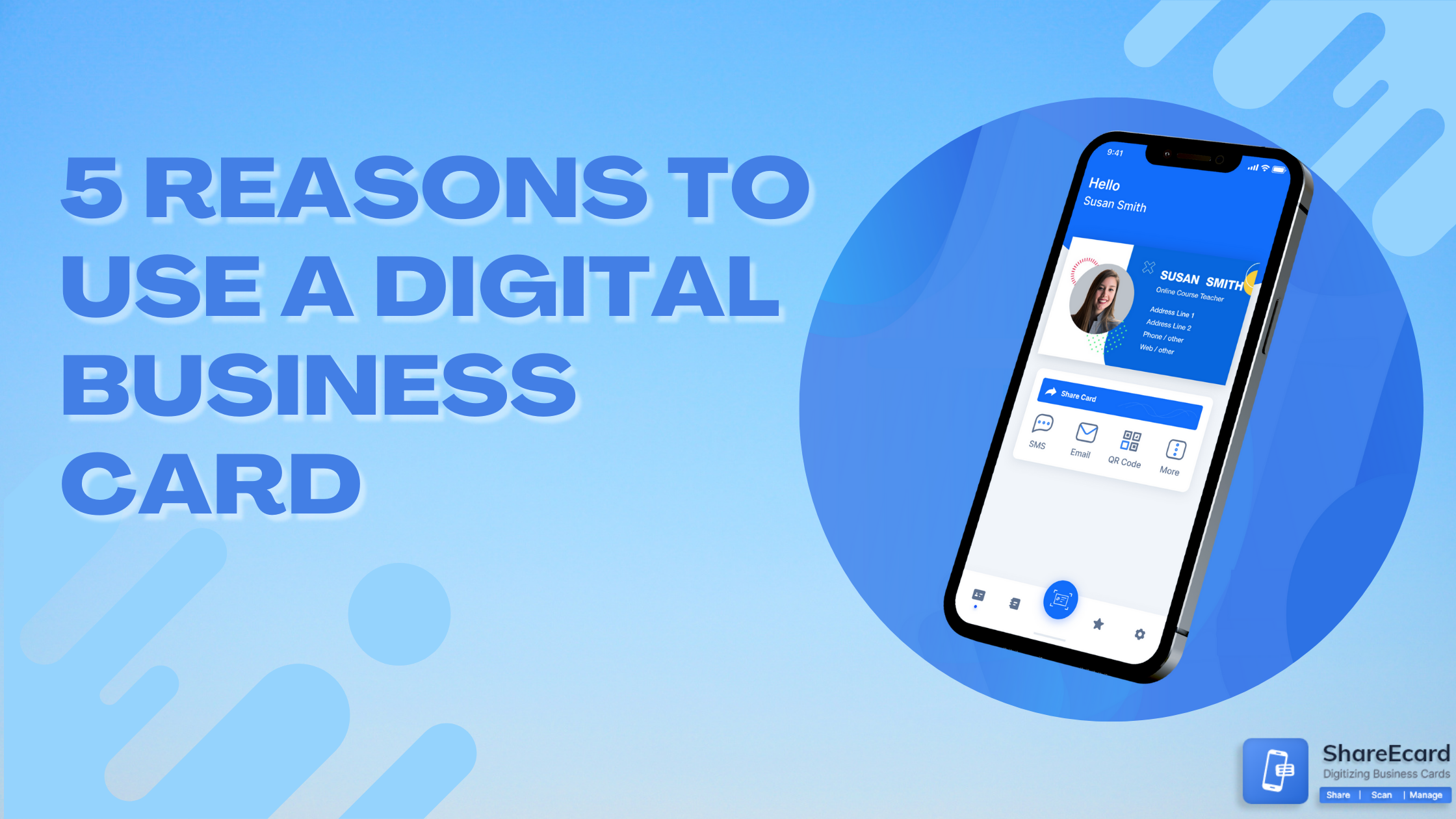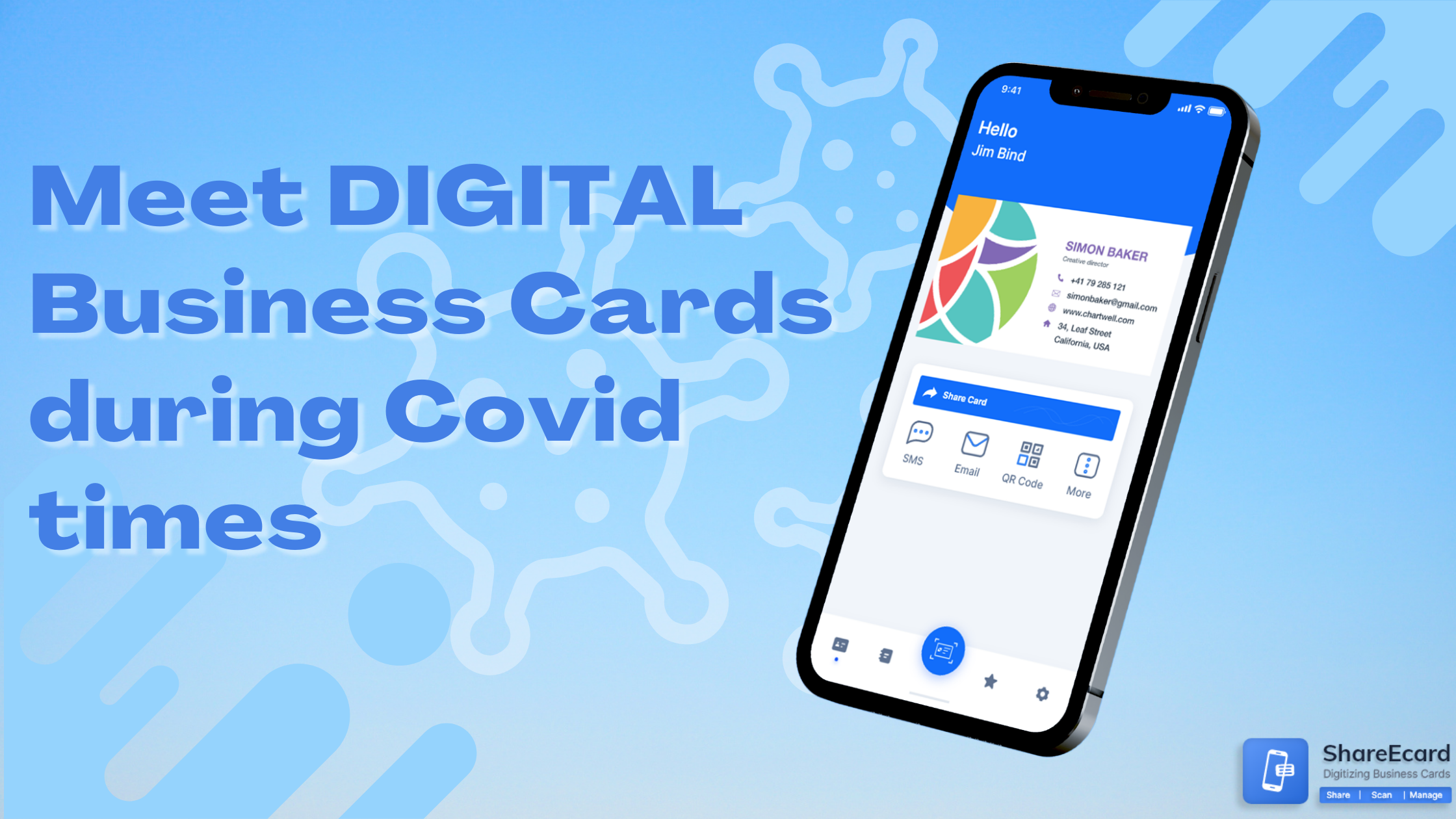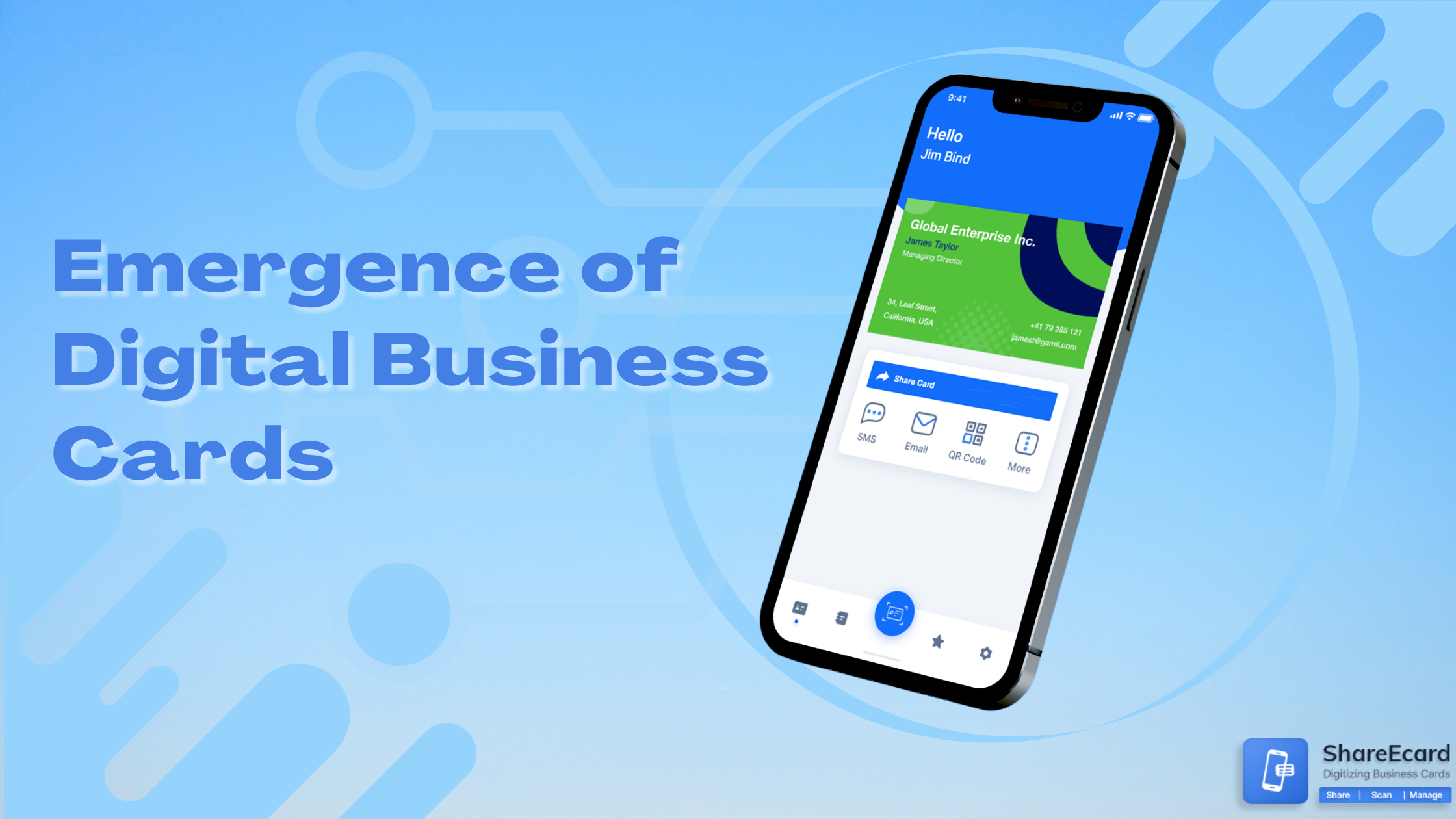What is Gap Selling

-
Gap Selling is a sales methodology that aims to close the gap between customers' current state and where they want to be. Before initiating a product discussion, a sales representative must first understand the challenges or problems preventing the customer from achieving their desired outcome.
This is essential for successfully closing a deal using the Gap Selling methodology. Keenan, who published a book on the subject in 2018, introduced the Gap Selling framework.By understanding what the customer wants to achieve, a salesperson can show them how their product or service can help them get there.
Gap Selling is based on the premise that customers buy to solve a problem or achieve a goal and that the salesperson's job is to help them do that. This requires understanding the customer's needs, pain points, and goals and then positioning the product or service in a way that helps them achieve their desired outcome.
To implement Gap Selling, a salesperson typically asks probing questions to uncover the customer's needs, goals, and challenges. They will then use this information to demonstrate how their product or service can help the customer bridge the gap between where they are and where they want to be.
-
How to Define a Customer's Current State?
To define a customer's current state, the sales reps must gather all the relevant information, challenges, and pain points of customers. Therefore, you should follow these steps to define a customer's current state.
- It would help if you asked open-ended questions from your customers to encourage them to provide you with all the information, such as their current situation, challenges, and points. Just ask these things and get familiar with how they address them.
- You should also research the customer's industry, market, and competitors to understand their current state.
- Analyze data about the customer's current performance, such as sales figures, customer feedback, and website analytics, to gain insights into their current state.
- Put yourself in the customer's shoes and try to understand their perspective. This can help you identify pain points and challenges the customer may have yet to explicitly state.
Defining a customer's current state requires active listening, thorough research, and empathy to understand their current situation, challenges, and pain points.
-
Gap Selling Benefits
Gap Selling provides many benefits to sales reps, but it took some time to master. Ryan Scalera has also experienced and said that it is a challenging process, but if you become an effective gap seller, you will be hired easily and earn more money.
As a representative at CentralReach, Scalera estimates he only understood approximately five percent of Gap Selling after reading the book for the first time. However, when he participated in an eight-hour team-wide training with Keenan, he began to grasp the subtleties of the methodology.
Scalera expressed amazement at how Gap Selling changed his approach to selling and emphasized the importance of identifying business problems to the success of a sale. Scalera now works as an account executive at Dooly.
Gap Selling has a lot of benefits, which can help improve performance and build relationships with customers. Here are some key benefits of Gap Selling.
- Gap Selling focuses on the customer's needs and goals rather than the salesperson's product or service. This customer-centric approach helps build trust and more robust relationships with customers.
- By uncovering the gap between a customer's current and desired state, sales professionals can better qualify leads and focus their efforts on customers most likely to buy.
- By positioning products or services to fulfill customers' goals and challenges, salespeople can increase the chances of closing a sale.
- Gap Selling can help professionals understand customers' challenges and pain points. Then they will streamline the process and avoid wasting time on unqualified leads.
- By focusing on the customer's long-term goals and building a relationship based on trust and value, sales professionals can improve customer retention and generate repeat business.
-
Tailoring Sales Approaches: Gap Selling Meets Digital Business Cards
Integrating Gap Selling with Digital Business Cards can help sales representatives better connect with customers and streamline achieving customers' specific goals and needs. Digital business cards can include personalized information about the salesperson, such as their name, photo, and contact information. This can help establish a personal connection with the customer and create a more tailored sales experience.
Sales professionals can use the information on the digital business card to research the customer before the meeting, allowing them to understand better the customer's current state and potential pain points.
Digital Business Cards have become a perfect source of gathering more information about customers and providing them with solutions to face those challenges.
Once you have done with your meetings, these digital business cards will work for you as a follow-up, which can help customers to achieve their goals efficiently.
Integrating Gap Selling with digital business cards can help sales professionals create a more personalized and practical sales experience for potential customers.
-
Is Gap Selling Right For Your Team?
Whether Gap Selling is right depends on your goals, values, and approach. If your team values a customer-centric approach to sales and believes in understanding customer needs and goals, Gap Selling may align well with your team's values.
Gap Selling may be a good fit for teams that focus on consultative selling, where the goal is to uncover the customer's pain points and provide solutions that address those pain points.
Gap Selling requires a certain level of training and understanding to be effective. Therefore, teams willing to invest in training and coaching for their sales reps may be better suited for Gap Selling.
-
Conclusion
In conclusion, Gap Selling is a customer-centric approach to sales that focuses on understanding a customer's current state, desired state, and the gap between the two. By uncovering the customer's pain points and providing solutions, sales professionals can improve their sales effectiveness and build stronger, more profitable customer relationships.
